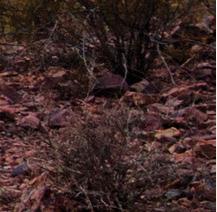









As a concierge medicine member you can expect:
• Direct communication: 24/7 connection to your physician and care team
• Dedicated care: Physicians exclusively dedicated to members
• Exclusivity: A limited number of memberships means an exceptional level of highly personalized care
• Convenience: Same & next-day appointments at Banner Health Center plus in Arcadia (44th Street & Camelback)
• Connected care: Benefit from your physician’s association to the broader Banner Health system
Interested in scheduling a tour and learning more about our program? Call 480-878-0730






EDITOR IN CHIEF
Karen Werner
PUBLISHER & CEO
Andrea Tyler Evans
CONTRIBUTING EDITOR & COO
Tom Evans
CREATIVE DIRECTOR
Neill Fox
ART DIRECTOR
Cheyenne Brumlow
DIGITAL EDITOR & PRODUCTION COORDINATOR
Abby Petersen
CHIEF OF STAFF & PRODUCTION MANAGER
Phoebe Glawe-Sergent
LIFESTYLE EDITOR
Zenobia Mertel
CONTRIBUTORS
Alison Bailin Batz
Traci Chandler
Julie Coleman
Shoshana Leon
FRONTDOORS TV HOST & EXECUTIVE PRODUCER
Carey Peña
SENIOR ACCOUNT EXECUTIVE
Lindsay Green
BEAUTY PARTNER
The Sparkle Bar
PHOTOGRAPHY
Scott Foust Studios
FRONTDOORS MEDIA ADVISORY BOARD
Latasha Causey
Russ Dickey
Rusty Foley
Sarah Krahenbuhl
Larry Lytle
Monique Porras Mason
Brad Vynalek
PHILANTHROPIC HONORS ADVISORS
Deborah Bateman
Linda Herold
David Hemphill, the executive director of Black Theatre Troupe, with actors from the organization.
by Scott Foust
Make-up by Shelby Bowen of The Sparkle Bar

We are truly grateful for the community heroes who commit their time and share their expertise to lead as Trustees.
2024-25 OFFICERS

Carter Emerson Chair

Sally Tryhus Investment Committee Chair
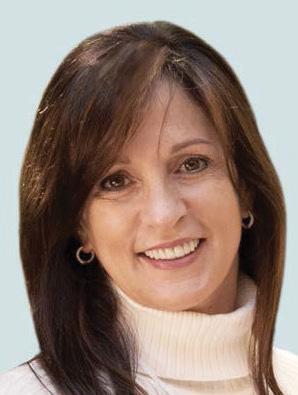




Nancy Robertson Vice Chair Scott Schirmer Real Estate Committee Chair


Sue Fletcher Secretary Alison McAdam Committee on Trusteeship Chair
James Graber Treasurer Rodney Glassman Audit & Finance Committee Chair
Laurie A. Florkiewicz Immediate Past Chair


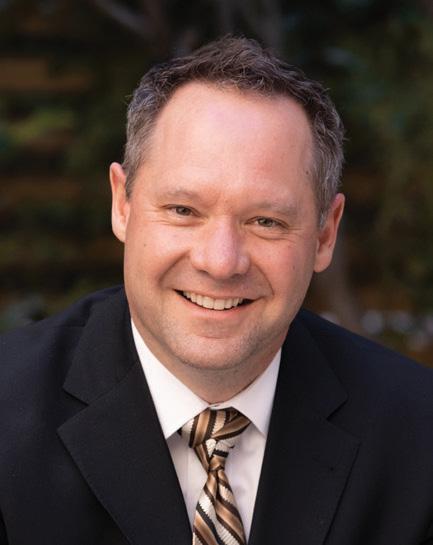
These remarkable business and community members
WELCOME, NEW AND RETURNING TRUSTEES
Tracey Hemstreet | community volunteer
Kirk Johansen | VP & General Counsel, Southport Lumber Company
Rex Porter | Owner & General Manager, Porter Group, LLC
Jim Tuton | entrepreneur
David Watson | entrepreneur, Managing Director, GlowBiotics
For a complete roster of HonorHealth Foundation Trustees, visit our website and click on “About.”


SCAN THE QR CODE to learn more or make your gift online. and community members bring decades of collective experience that will help HonorHealth Foundation continue to grow and innovate! I salute their commitment to helping us make healthcare more effective and accessible for our entire community.
—JARED A. LANGKILDE MBA, CFRE President & CEO HonorHealth Foundation
Make a gift that gives HonorHealth the fl exibility to quickly direct funding where it will have the greatest impact.

ORGANIZATIONS FEATURED IN THIS ISSUE
+ Black Theatre Troupe
+ Childsplay
+ Creighton University Health Sciences Campus
+ Cultural Coalition
+ Heard Museum
+ Phoenix Gay Men’s Chorus
+ SongSight
+ WHAM (WHAT’s Happen’n Art Movement)
6 EDITOR’S NOTE Opening Act
8 10 QUESTIONS
Scott MacIntyre, ‘American Idol’ finalist and founder of SongSight
13 CREATING CULTURE
Voices United
19 CHEERS TO THE CHAIRS
Upcoming philanthropic events
29 STYLE UNLOCKED
Step Out in Style
37 KEY TO THE GOOD LIFE
Falling into Place
42 COVER STORY Building, Surviving, Thriving
49 NEXT DOORS
Ensuring Everyone’s Heard
53 OFFICE DOORS
Michael Zirulnik, Ph.D., assistant VP & associate professor at Creighton University Health Sciences Campus

57 A 2ND ACT Theater for Tomorrow
61 CHARITY SPOTLIGHT
Where Art Meets Impact




David Hemphill, the cover star of our Arts & Culture Issue, has been leading the Black Theatre Troupe for 31 years as it collects accolades as one of the most enduring and celebrated Black theater organizations in the country. And with its 55th season starting this fall, we couldn’t wait to hear what they’re doing to prepare.
Hemphill strides the stage by day but his professional experience includes early stints at IBM and the Arizona Department of Revenue. “I have the heart for it, and the business acumen to do it,” he said about leading the nonprofit. Black Theatre Troupe’s devoted fans would say that he’s right.
At the Heard Museum, they’re also thinking about getting it right — it in this case being inclusiveness for the community. As Tom Evans reports, people want to see their own lives, families and cultures represented in art, but also learn about others. At the Heard, in-house events are emerging as a key way to do that.
Meanwhile, Julie Coleman reports on the much-needed catharsis theater is offering young people in our community. As she writes, Childsplay has long tackled difficult subjects like depression, teen suicide and AIDS. Now it is exploring how it can develop more immersive theater programs to help young minds imagine new worlds.
The president of Creighton University is so serious about the value of art that every floor of the Phoenix Health Sciences campus has commissioned works to reinforce the value of humanities and the arts.
These vibrant, wildly different organizations are seizing the moment with the help of Virginia G. Piper Charitable Trust. One of the largest private foundations in Arizona, the Trust is celebrating its 25th anniversary this year. It partnered with Frontdoors on this special issue to celebrate the new arts season and the impact of these one-of-a-kind organizations.
Over the past quarter century, Piper Trust has invested more than $725 million in local nonprofits and programs — including the arts.
The Trust invests in arts organizations because they do much more than entertain. As you will see in these pages, they bring together, strengthen, challenge, uplift and provide a totally different way of looking at ourselves. And along the way, they contribute to individual well-being, improved educational outcomes, community cohesion and a healthy economy.
That’s a lot of lifting! So, happy 25th anniversary to Virginia G. Piper Charitable Trust, with thanks for supporting community, culture and the greater good. And cheers to our local arts and culture community as we embark on the exciting season ahead.
Break a leg!
KAREN WERNER EDITOR IN CHIEF
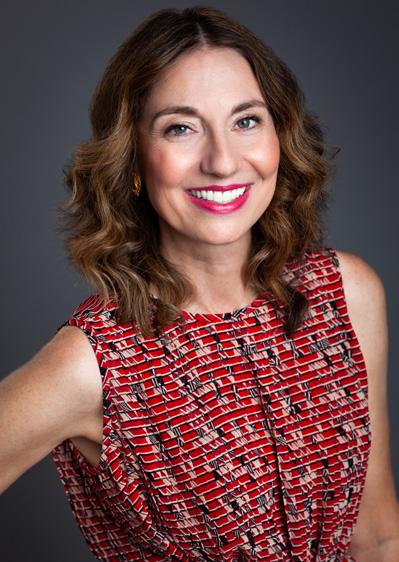






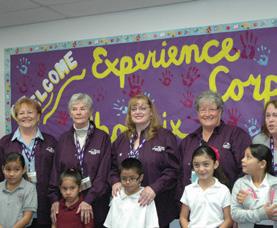
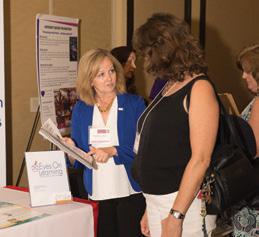
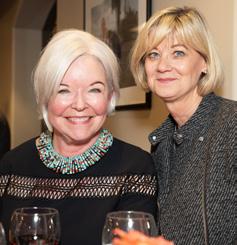





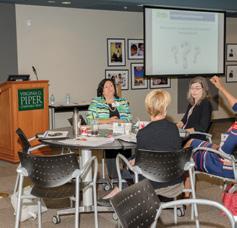





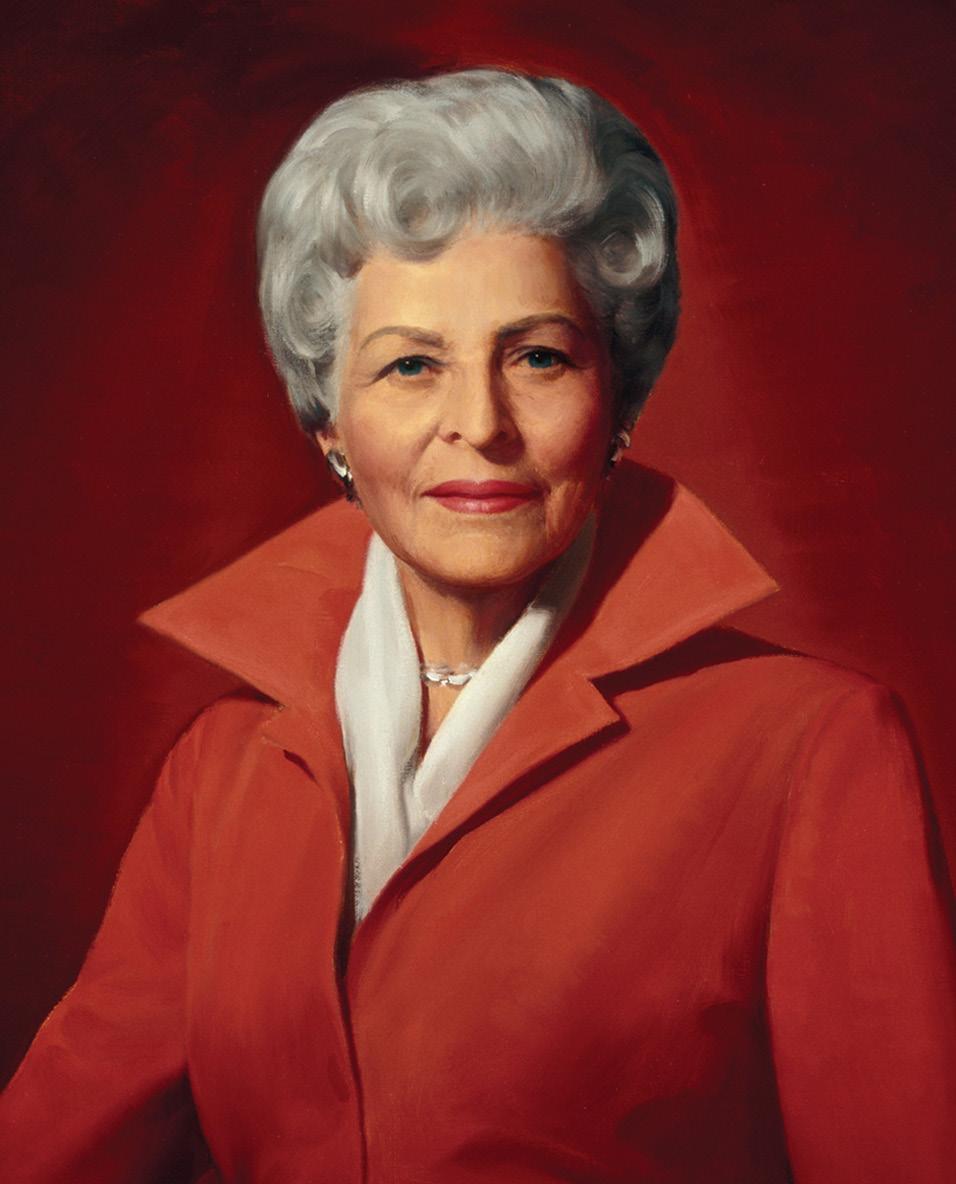
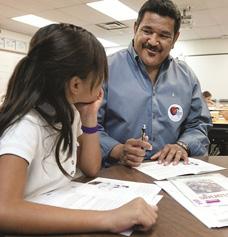








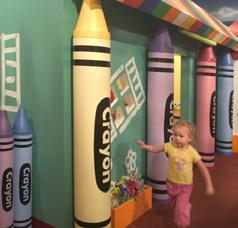
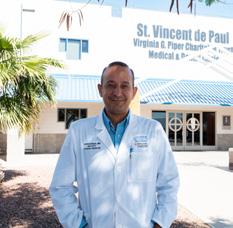






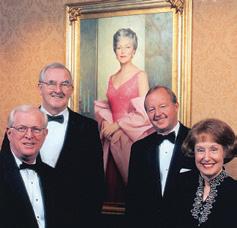




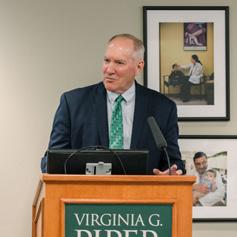







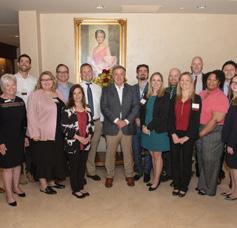


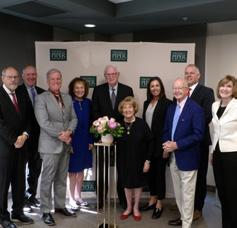
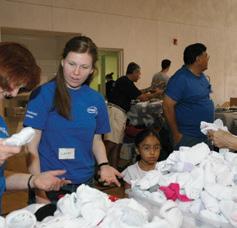
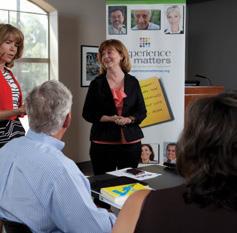
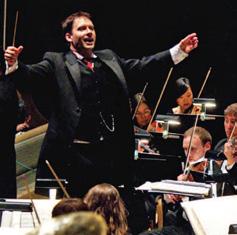
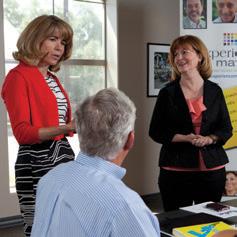
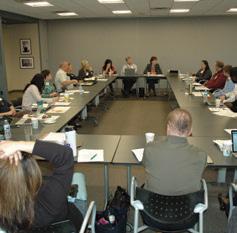
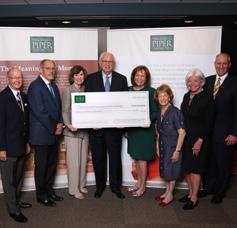


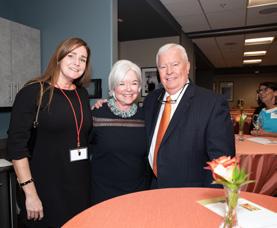
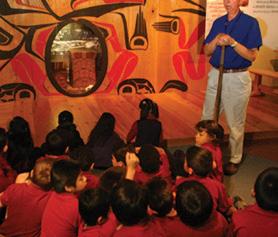
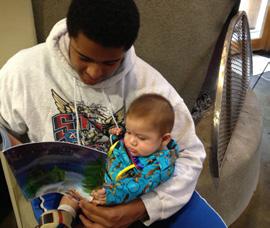
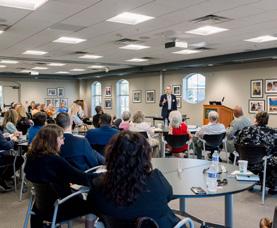
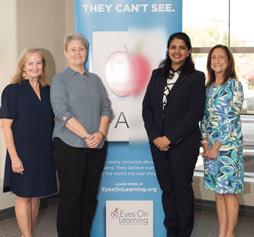
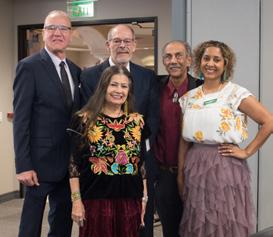


‘American Idol’ finalist and founder of SongSight
The world got to know you as a contestant on the eighth season of “American Idol.” Looking back, what was that experience like?
Ever since I was a kid, I had a vision for sharing my music with the world, and “American Idol” made that possible. To this day, my favorite moment has to be missing a high five from Ryan Seacrest (I’m blind)! He was a good sport about it, and it certainly put the spotlight on me early on in the competition.
You’ve always been very open about discussing your vision impairment. Was it important to you to use your platform to do that?
It’s always been important for me to use my platform to inspire others. When I became the first blind finalist on “American Idol,” people around the world were inspired to rethink what a blind person is capable of, and it was exciting to receive emails and letters from unexpected parts of the world where my courage in the face of adversity had changed someone’s life.
3
In addition to being blind from birth, you are a two-time kidney transplant recipient. What advice can you offer about overcoming life’s challenges?
Pain is inevitable in life. We try so hard to avoid it or to delay it, but sooner or later, we all experience suffering. The key is our perspective. We may not realize it, but just like “American Idol” gave me a platform to sing, suffering gives us all an opportunity to inspire others. How we endure suffering has a huge impact on those around us. In fact, you may never have a larger megaphone than when you’re speaking from a place of vulnerability.
You’ve traveled the world, inspiring audiences with your music and story. What have been some of the high points since your time on “Idol?”
Professionally speaking, writing my first book, “By Faith, Not By Sight,” was a milestone, and hearing my music in film and TV and on the radio has been amazing. One of the most fun projects would have to be producing the TV Special “Christina and Scott MacIntyre: Enduring Hope,” which has reached a viewing audience of over 1.5 million to date. Amazingly, we were able to film it in April 2020, and it gave a lot of encouragement to crew and viewers alike during a difficult time.

You mention your wife. Tell us about your partnership with Christina.
Absolutely! After finishing a series of tour dates, I called Christina and asked if she wanted to go out with an American Idol. She said, “No,” then followed it up with, “but I’ll go out with Scott MacIntyre.”
We’d already been friends for a while, but from that moment, I knew she loved me for who I was. We’ve been married for 13 years and love working together, traveling for events and homeschooling our kids, Christian (8) and Stella (4).
In 2018, you decided to move out of the music business and into full-time ministry. What called you to do that?
Honestly, it was a God moment. It took me and Christina by surprise when a stranger approached us after a concert and said she wanted to give a monthly donation to help our outreach. It opened our eyes to the possibility of leveraging my notoriety from “American Idol” to serve the vulnerable through a nonprofit structure and the financial support of others. It has allowed us to go where business couldn’t take us and to have an impact on the world far beyond what we could have imagined.
You and Christina recently started SongSight, a mentoring retreat that immerses blind and visually impaired participants in the world of music. What inspired you to do that?
It’s about giving back. Before I ever believed in myself, someone else had to believe in me. I want to help blind musicians of all skill levels find community, overcome fear, and discover the power of music to change lives. I believe the blind can have a unique voice in cultural conversations because we don’t see what others look like on the outside. SongSight is about music, but it’s also about helping the blind become influential and exemplary members of society, fostering unity in diversity.
How does the program help blind musicians?
There are a number of challenges unique to blind musicians, including a lack of community, limited access to qualified mentors and unfamiliarity with accessible music resources. SongSight provides the resources, support and confidence needed to overcome these barriers. As one of our past attendees, Colleen Warner, said, “This retreat was like a rebirth for me. I hadn’t sung since losing my sight, and this experience gave me new hope that I could sing again. It was very emotionally

healing and made me realize how much love there is in the world and take hold of it.”
What are your plans and dreams for the organization?
So many attendees have commented about the comradery and fellowship they find at SongSight. We’re curating a growing family of blind musicians on a mission of hope, and over the coming years, we want to see hundreds in the blind community find their unique voice and become musical agents of positive change for the world.
You’re an Arizona resident who has opted to live and run an organization here. What do you love about the state?
I first moved to Arizona at 14 years old and have had a rich history here — performing with The Phoenix
Symphony, graduating from ASU, asking Christina to marry me at The Phoenician’s Afternoon Tea, and the list goes on. I’m continuously amazed at how many diverse towns and landscapes there are to explore, and Christina and I love taking Christian and Stella on many of our state’s beautiful hikes. Beyond this, the people are wonderful. I’m continuously amazed at the generosity of local individuals and organizations like Virginia G. Piper Charitable Trust in supporting our cause.
Helping others find hope in the midst of hardship is a passion of mine, and I’m so grateful I get to help other blind musicians just like me to shine their light. Christina and I donate our time to SongSight, so all the funds we raise go to support the program. If you want to help us make a meaningful difference in this underserved community, please reach out. I’d love to tell you more about getting involved.
To learn more, visit songsightretreat.com



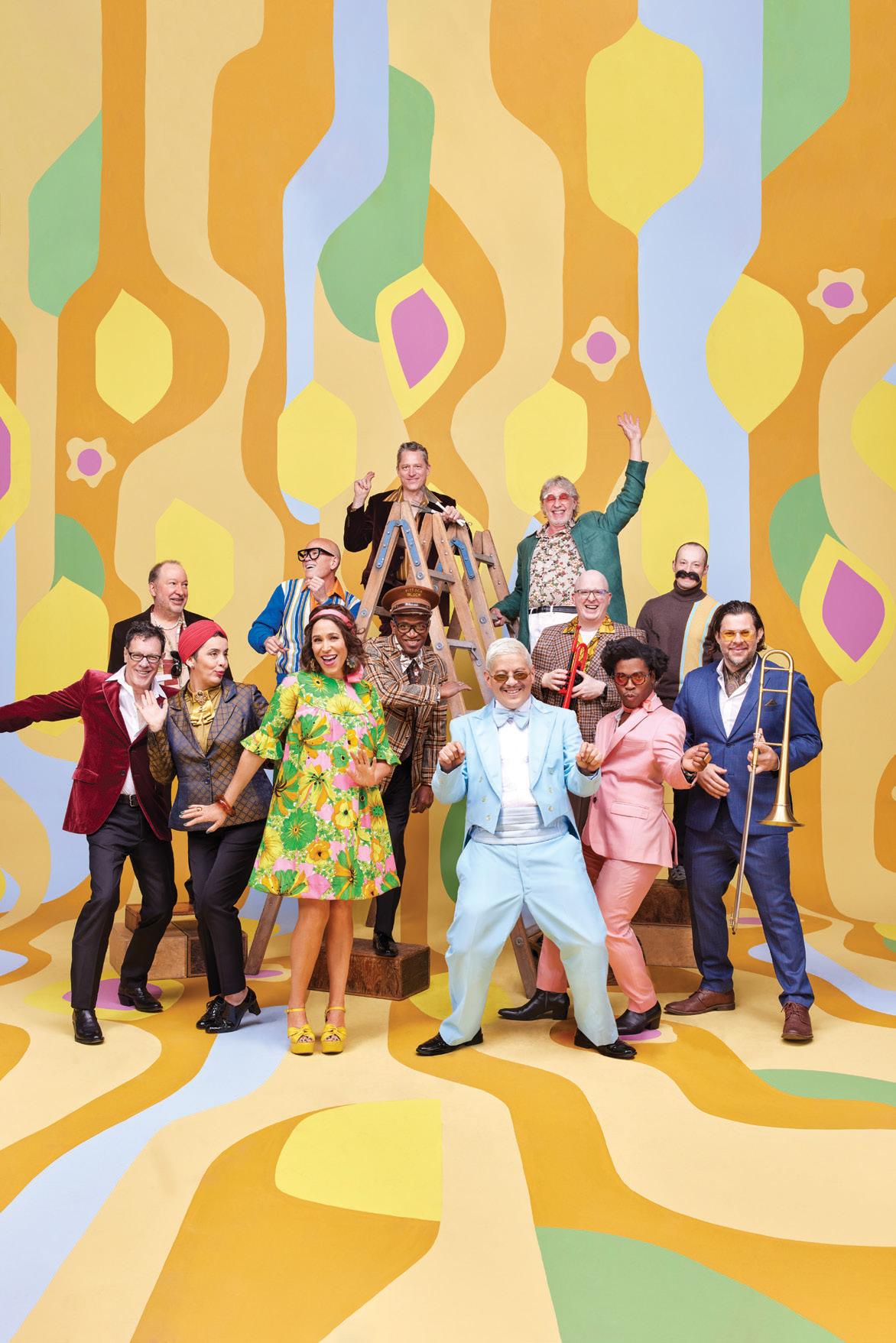



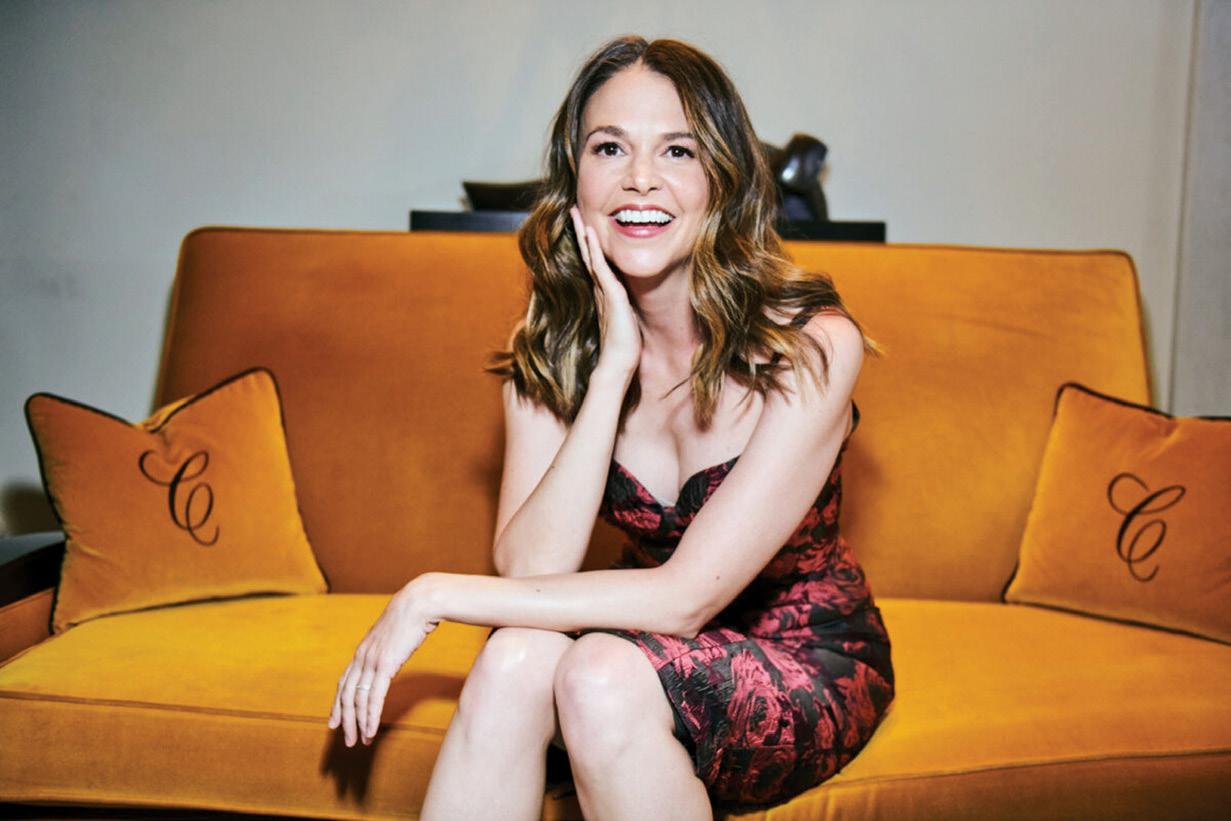





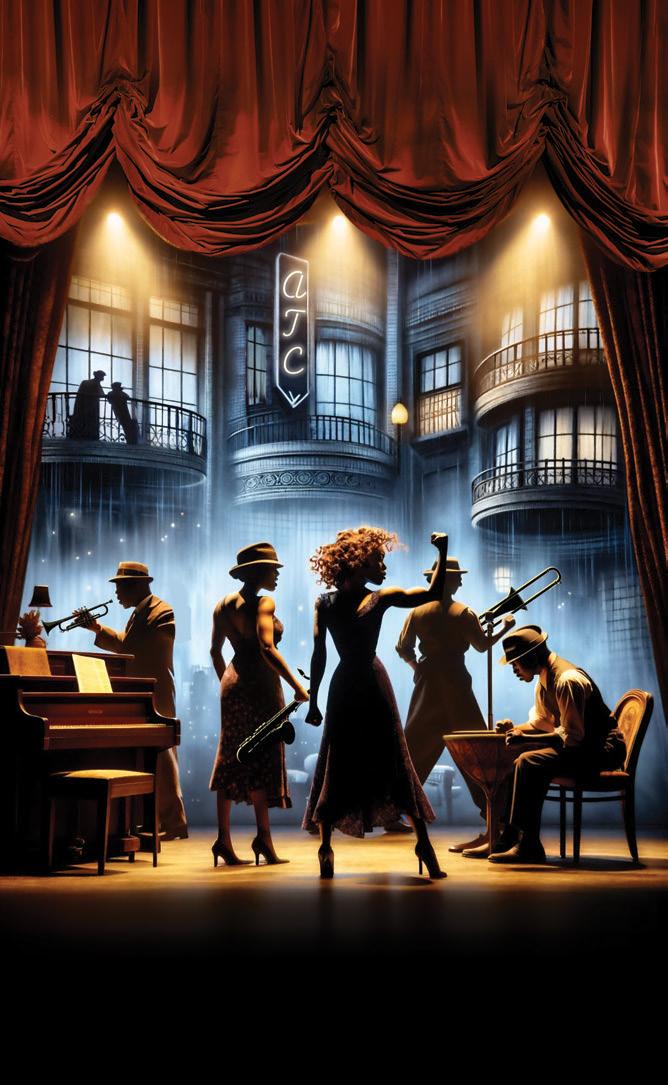








BY ABBY PETERSEN
Over its more than three-decade history, the identity of the Phoenix Gay Men’s Chorus has shifted and expanded, taking on a life of its own as it continues to find its voice. However, through the years, the organization’s mission has remained steadfast: to unite, inspire, educate and entertain.
“We are a community with three goals: to create great art, be a pillar of strength in our community and be a model for our community,” said Antonio Lozano, PHXGMC’s artistic director.
PHXGMC was formerly known as the Phoenix Metropolitan Men’s Chorus and, even further back, the Grand Canyon Men’s Chorale. The newest name change came in March of 2020 — a transformative time.
“That was a huge step for us to authentically say, ‘This is who we are. This is us standing in the light of our actual identity.’ And just that name change alone, I think, brings more people in,” said Brandon Sours, PHXGMC’s marketing director.

a
PHXGMC has grown into a “show
The organizational changes have not slowed since the name change. The chorus’s longtime artistic director, Marc Gaston, stepped away from his position this year after an illustrious 22-year tenure. An extensive national search found Lozano, who was selected to take on the role.
“My biggest thing is not taking over, not replacing, not reinventing new things to create our own identity,” Lozano said. “We have an identity. We just need to keep that going while honoring the path paved before us.”
The 94-member chorus hosts two yearly concerts: a holiday concert in December and an end-of-season concert in June. It also partners with other Valley organizations throughout the year to spread love, music and pride.
PHXGMC has sent many members to Dancing for one•n•ten, a ballroom competition fundraiser for LGBTQ youth programs, as well as Aunt Rita’s Aids Walk, and they perform at World AIDS Day in partnership with Southwest Center for HIV/AIDS. It also participates in Men Do Sing (formerly known as Boys to Men), a yearly event bringing Arizona youth and adult men’s choruses together, hosted by Orpheus Men’s Chorus.
“It’s a big showcase of all the different men’s choruses as a way to show the younger singers there that there’s a pipeline that you can continue to sing beyond high school, beyond junior high,” said Sours.
In 2012, it established Omaggio, an LGBTQ chorus,

providing a safe space for youth to explore their artistic expression and growth. This season, the chorus is thrilled to relaunch the program in collaboration with one•n•ten. Once a group consisting of mostly older singers, the chorus has its sights set on reaching a younger core, opening up opportunities for future artists and creating a community for gay artists in the Valley.
PHXGMC hosts biannual open auditions in August and January, where participants have 15 minutes to showcase their talents.
The chorus consists of both experienced musicians and amateurs. This isn’t a dog-eat-dog, disputatious group with members clawing for solos like you see in movies. As Lozano puts it, “It was a warm hug when I walked through the door. That’s what it felt like. It was very safe.”
Those who want to be involved with the organization but are not singers can volunteer in other ways, like technical and fundraising support, as well as board membership.


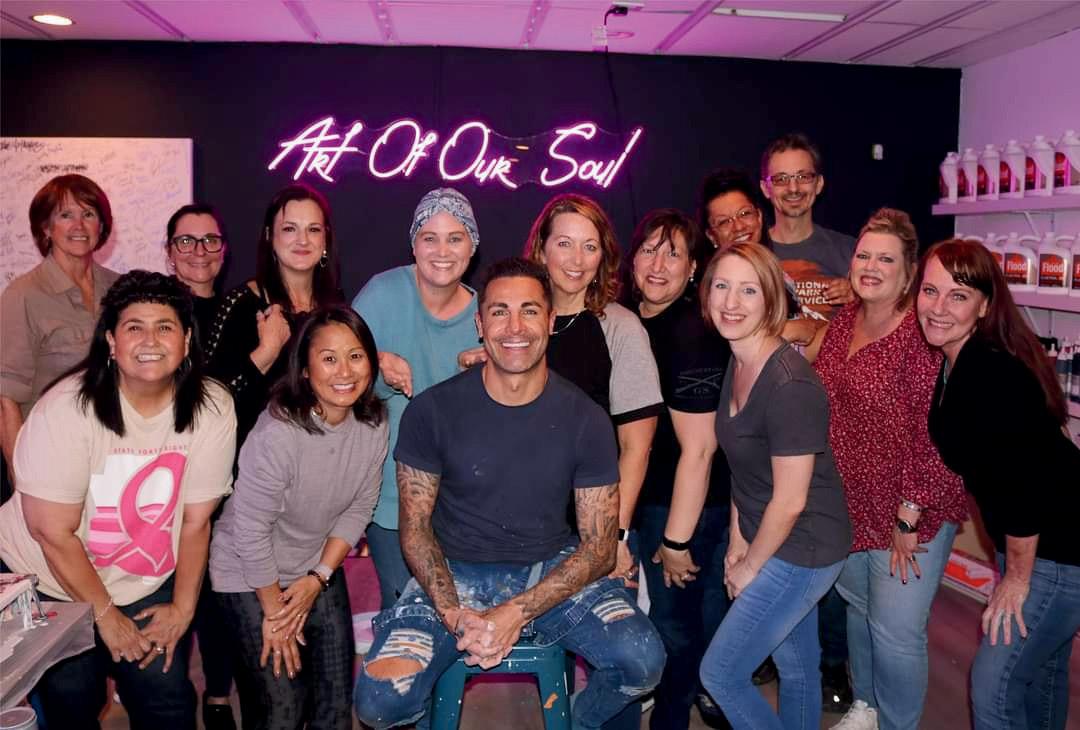





“We are always looking for new voices both within the chorus and also on our governing board,” Sours said. “We would welcome anyone who has a heart for service and anyone who has a heart for the music and the art that we share.”
PHXGMC will continue to evolve, but its goal remains rooted in creating a welcoming and inspiring community. With each name change and leadership transition, the organization has embraced its identity more fully. This sense of continuity and purpose is evident in its collaborations with the Valley community, showcasing a dedication to nurturing future artists and leaders.
A commitment to authenticity and community resilience is what truly defines the chorus.
“I come from a leadership standpoint of, ‘We have got to be proactive instead of reactive.’ So a part of that is putting ourselves out there in a light that shows that, yes, we are who we are, but we are not who you say we are,” Lozano said. “We stand for what’s right. And we fight against what is wrong. That is what I want the world to know about this organization. This is what the Phoenix Gay Men’s Chorus stands for. And we’re not afraid, and we will not run.”
To learn more, visit phxgmc.org

We Ain’t Ever Gonna Break Up: The Hymon and Parfunkel Musical
Sep 4 – Nov 3, 2024
Waitress
Sep 25 – Nov 24, 2024
Miracle on 34th Street: A Live Musical Radio Show
Nov 20 – Dec 28, 2024
Seussical the Musical
Dec 18, 2024 – Jan 26, 2025
Festival of New American Theatre
Jan 17 – Feb 2, 2025
Churchill
Feb 5 – Apr 13, 2025
Jersey Boys
Feb 19 – Apr 27, 2025
Forbidden Broadway
Apr 23 – Jun 22, 2025
Into the Woods
May 21 – Jul 13, 2025
Let the Good Times Roll: A New Orleans Gumbo
Aug 6 – Sep 21, 2025

All Access Pass DID YOU KNOW YOU CAN BINGE LIVE THEATRE?
Complete access to any show, any day, as many times as you want to see it, for every production in the 2024/2025 Season! PLUS all these extra benefits:
• 25% OFF additional single tickets
• 20% OFF at the ArtBar+Bistro and Concessions, including merchandise
• FREE unlimited exchanges*
For Only $49/month**
Pam Giannonatti, Corporate Affairs Manager, Kroger/ Fry’s Food Stores
Jenny Holsman Tetreault, Vice President & Associate General Counsel, TPI Composites
Shannon Clancy, CEO, St. Vincent de Paul
Joanne H. Osborne, Owner & CFO, Osborne Jewelers
Angela Hughey, President, ONE Community Foundation
Rosa Inchausti, City Manager, City of Tempe
Marian Zapata-Rossa, Partner, Snell & Wilmer
Kate Conway, Vice President, Government Relations, Verra Mobility
Kayla Gray, Co-Founder & Operations - Knowledge Donor, Commonspirit
Hillary Walsh, Founder & Lawyer, New Frontier Immigration Law
Christina Spicer, Co-CEO, Girl Scouts –Arizona CactusPine Council


A preview of the Valley’s premier philanthropic events and who’s leading these important efforts
BENEFITTING: Fresh Start Women’s Foundation
DATE: September 14, 2024
CO-CHAIRS: Chelci Hudson & Erin Itkoe
freshstartwomen.org
BENEFITTING: Ronald McDonald House Charities of Central and Northern Arizona
DATE: October 5, 2024
CO-CHAIRS: Alexander Falkenstein & Melissa Grass rmhccnaz.org
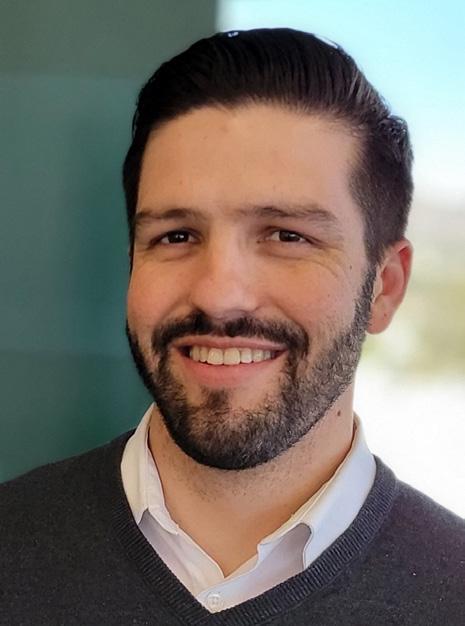
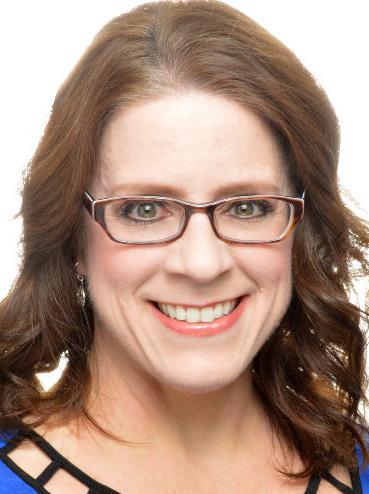
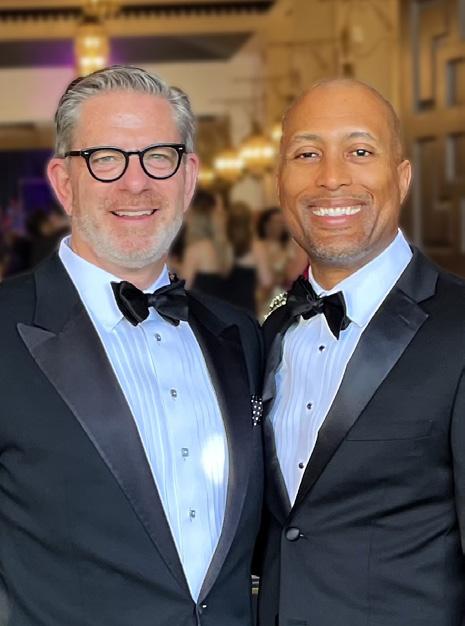
BENEFITTING: The Phoenix Symphony
DATES: October 12, 2024
CO-CHAIRS: Rick McCartney & Korwyn Williams onecau.se/wickedgala
BENEFITTING: Helping Hands for Single Moms
DATE: October 18, 2024
CO-CHAIRS: Eddie & Joy Johnson helpinghandsforsinglemoms.org/phoenix/events



BENEFITTING: Phoenix Theatre Company
DATE: October 19, 2024
CO-CHAIRS: Karrin Taylor Robson & Molly Greene phoenixtheatre.com/support/applause-gala
BENEFITTING: Cancer Support Community Arizona
DATE: October 26, 2024
CO-CHAIRS: Jay Swart & Carol Perry PorchParty2024.givesmart.com
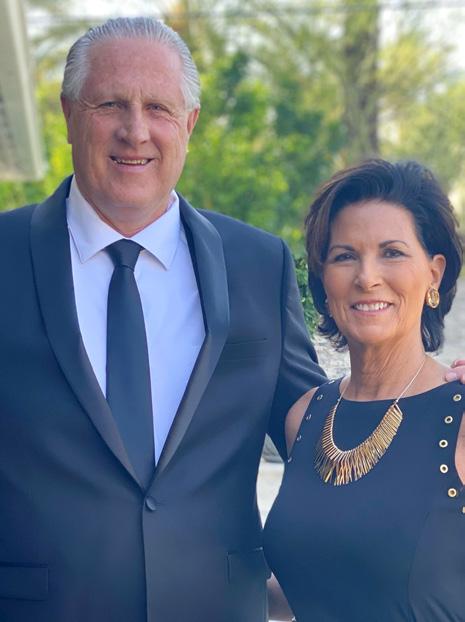

Meshell
September
DakhaBrakha
September
JD
Judy
October

BENEFITTING: Arizona Women’s Board
DATE: November 2, 2024
CHAIR: Kimberly Jacobsen authorsluncheonaz.org
BENEFITTING: Valleywise Health Foundation
DATE: November 9, 2024
CO-CHAIRS: Anne C. Stupp & Nita Francis valleywisehealthfoundation.org
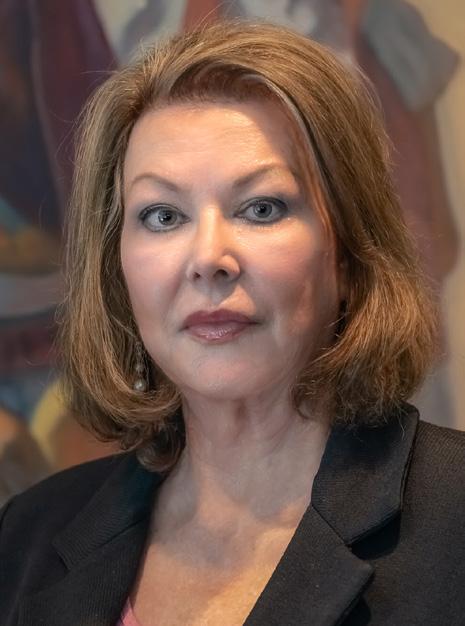


This October, join Eddie and his star-studded cast to raise funds to assist hardworking, low-income single mom college student families.

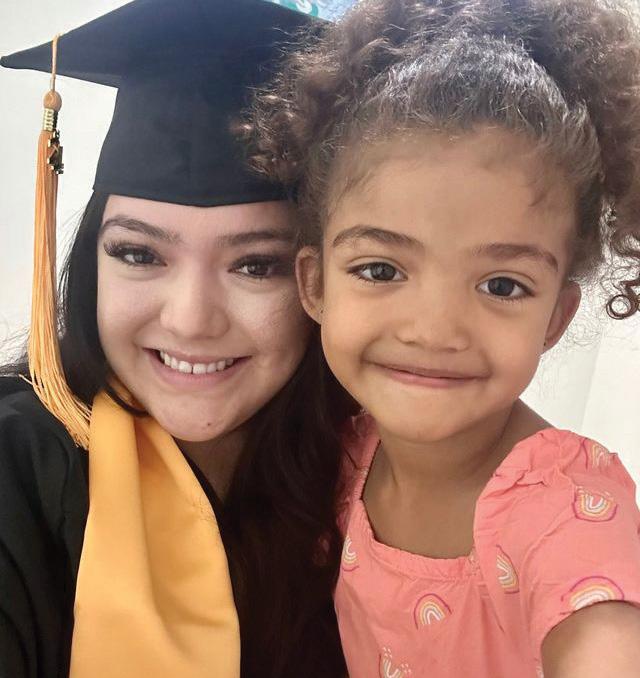
Poker: Thursday, October 17
Talking Stick Casino
Golf: Friday, October 18
Talking Stick Golf Club
Celebrity Roast of Shawn Marion: Saturday, October 19
Talking Stick Resort, Salt River Ballroom
22 years and growing, Helping Hands for Single Moms assists low-income single mom families while the mother attains a postsecondary education, financial independence and positive family legacy.















































Individual
Honor Above All Health Award Presented by HonorHealth Foundation
Sue Glawe Corporate Philanthropist Award Winner


















































Corporate








Healthcare Champion Award Presented by Gateway for Cancer Research
Founders Award Presented by Linda Herold
Lewis Roca Chair of the Year Award Honorees




























































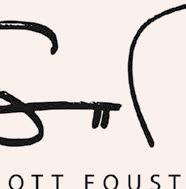











Food access is a key issue holding children back from a successful future. At Valley of the Sun United Way, we will never stop supporting our community until this issue—and other key issues in health, housing & homelessness, education, and workforce development—are solved. See how you can help at vsuw.org.


BY ZENOBIA MERTEL






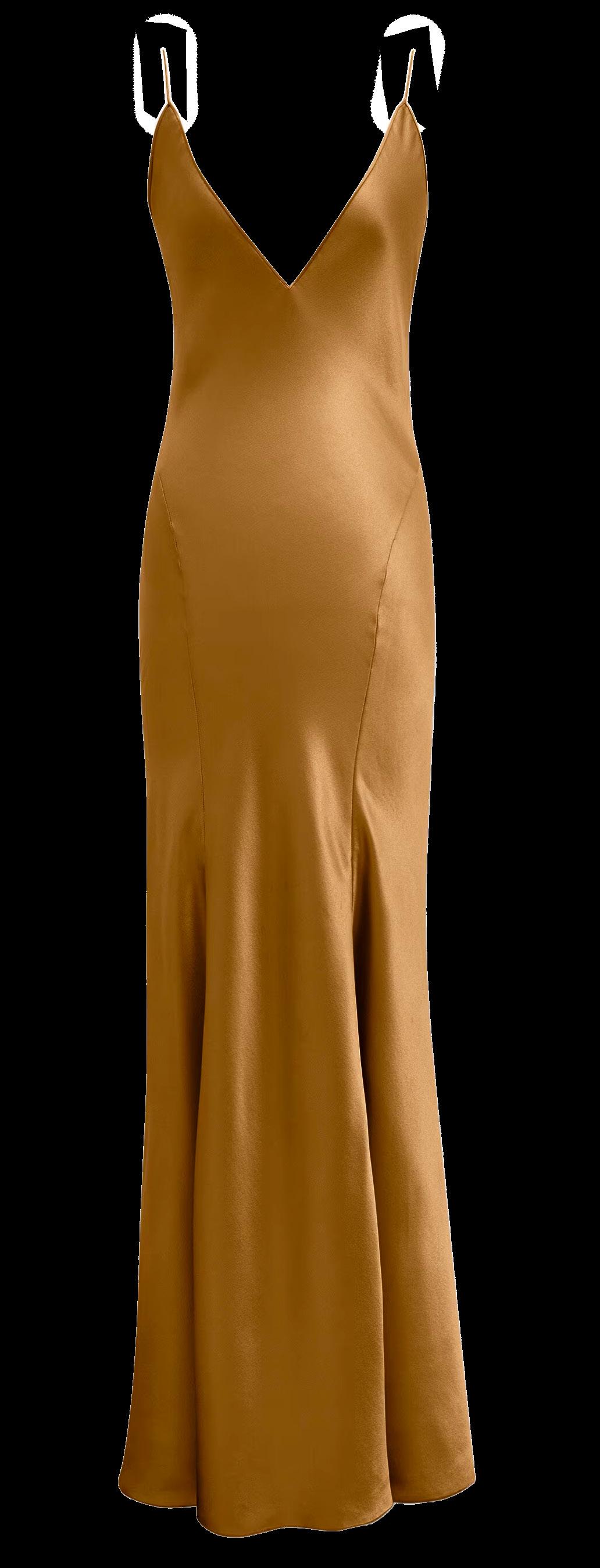




















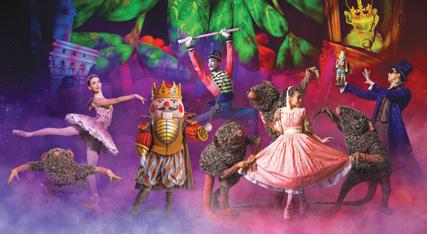





October






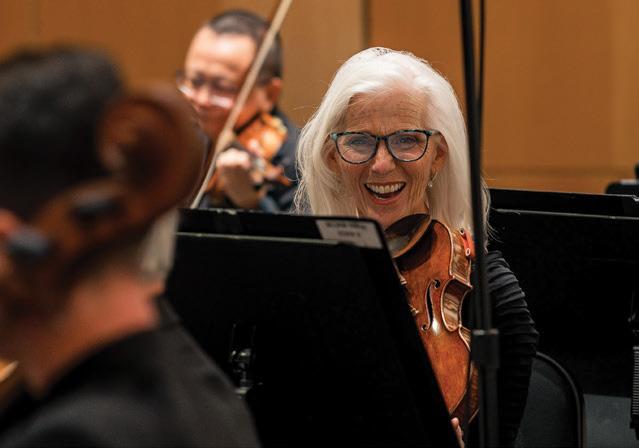























BY TOM EVANS
Ahhh, fall. When the heat finally subsides and the cooler weather brings out the colors of the season. In Arizona, it’s the perfect time for entertaining and reconnecting.
So, how can you make your autumn evenings a bit brighter? We asked Dennis Thompson, the floral maestro and co-owner of White House Design Studio in Phoenix, for some ideas on how to make dinner parties stand out with creative table settings.

Dennis Says: This is basically a concept that you can mix and match. I don’t need to do patterns on all tables because I think it gets to be too much in a room. So, I like to do solids and accent them with a pattern. I was trying to do interchangeable things, where you could switch out any item you wanted if you wanted more of a contemporary look or more of a traditional look. And green isn’t neutral — it goes with everything, any time of the year. Here, I’m also trying to do a bit of a different shape.


More of a bespoken or Flemish style, so it’s not such a threesided, well-rounded European. It’s a little bit more loose and airy, because I think that gives you more showiness and shows off the flowers. It’s a little bit more relaxed, and it’s not always the same.
Use vegetables and flowers. Use a lot of greens that you can get out of your yard because, in Arizona, you can grow all kinds of greenery. And I think you always have to have a little bit of a bling on something.
Dennis Says: This one has a bit more texture because of the berries. In the fall, you can get so many textures with berries. Fall is a great time for that. We use a lot of white, which should make it pop because purples tend to turn to brown in a room — if you squint your eyes, they look brown. I tried to do the opposite, to make it brighter using white and green.




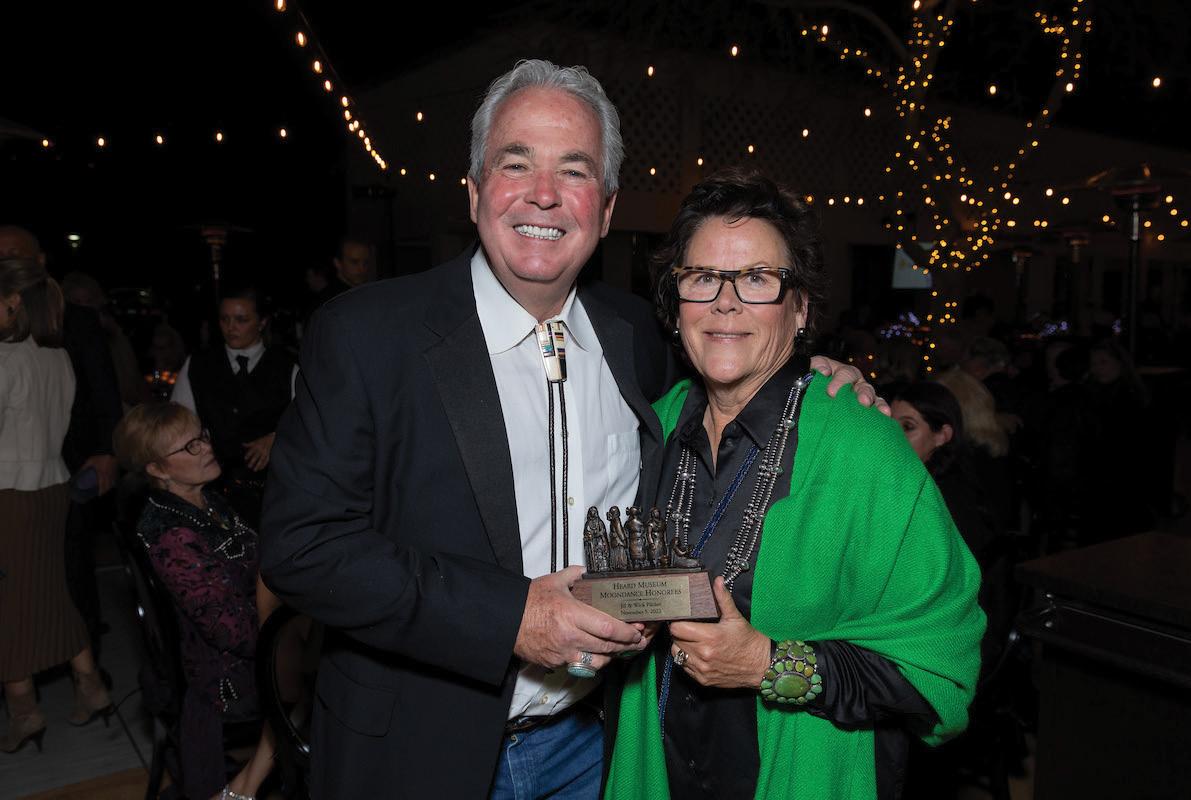


Dennis Says: Mixed metals go in anyone’s home, and you see it in a lot of hotels. We went with yellow as a fall color instead of orange. Also, mixing patterns keeps it from being boring. Be inspired by textiles. And don’t be afraid to throw in a pattern, because some people don’t want to do patterns or are afraid of them.
For more information, visit whitehouseflowers.com
Black Theatre Troupe’s executive director David Hemphill has helmed the organization for more than half of its existence, guiding its progress and growth since 1993.

Black Theatre Troupe’s David Hemphill has long been a leader of note. Now, he is taking the oldest African American theater company in the Southwest center stage for the troupe’s 55th season.
BY KAREN WERNER
David Hemphill speaks like the actor and businessman that he is, in well-crafted passages full of rallying sentiments and emotional wisdom. Only occasionally does he pause for uncertainty. “I’m like a parent during a child’s senior year,” he said. “What’s going to happen? Are they going to continue their studies and do well?”
As executive director of Black Theatre Troupe, Hemphill is poised for the company’s 55th season. BTT, one of the oldest African American theater companies in the United States, is a beloved and important institution, now at a critical juncture. Hemphill is preparing to retire, and knows that the troupe is needed as much — maybe more — than ever. So, he is watching from the wings. “Hopefully, there won’t be any snafus,” he said. “But I am prepared.”
Hemphill is sitting at the Helen K. Mason Performing Arts Center in downtown Phoenix, named after the City of
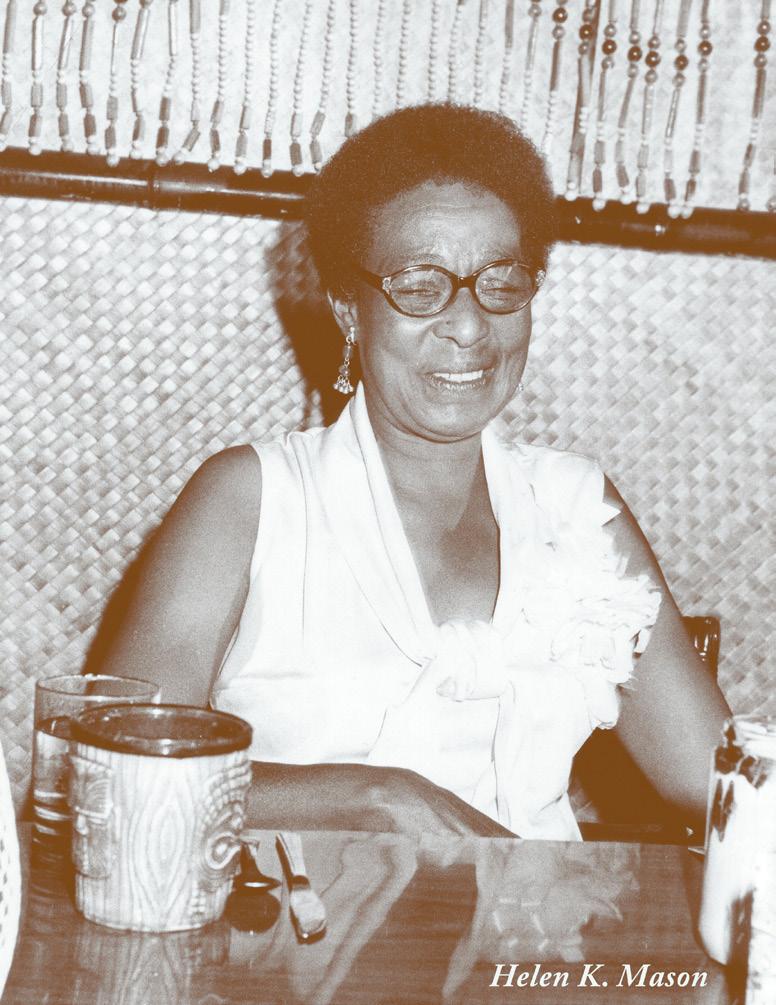
Phoenix Parks & Recreation supervisor who started it all. In the late 1960s, with racial tensions simmering, Mason, a longtime Civil Rights champion, created a program for the Black community to express itself.
These small live performances, modeled on early “rap sessions,” allowed people to air grievances — but there was a twist. “You had to write a poem, do an interpretive dance, sing a song or perform a scene, not just stand up there and complain,” Hemphill said. “She made everyone that wanted to speak do it artistically. That was Helen’s vision.”
By creating a space to serve Phoenix’s African American community, Mason created something else. In 1970, she founded Black Theatre Troupe, a platform for Black voices to be heard — and souls healed. “Helen was always able to find new and exciting ways of going at bad subjects, uncomfortable things, sadness,” Hemphill said. “She was able to get to the heart of people, and get them to talk about


things, and have it not be as bad.”
At the time, there was a lot to address. “There were a lot of members in the community who were losing family members because of violence and drugs,” Hemphill said.
Among BTT’s first venues was a meeting room in Eastlake Park, located near 16th and Jefferson Streets. The oldest park in the city, Eastlake Park was an important site for Phoenix’s African American community and played a critical role in the Civil Rights movement.
Though many are unaware, Phoenix, like many other U.S. cities, was redlined. Eastlake Park was the northernmost place people of color were allowed to go in the city without violating segregation laws that existed until the latter part of the 20th century.
“Eastlake is a very historic area,” Hemphill said, noting that because it was a transfer station for the trolley system, it was the one place where races could mix. Over the years, the park was the site of many notable events, including 1911’s Great Emancipation Jubilee, where Booker T. Washington gave a speech.

Today, Hemphill reflects on his time with the organization from Black Theatre Troupe’s state-of-the-art facility two blocks from the Eastlake Park community center where the troupe was born.
A Fordham University graduate, Hemphill came to Arizona with IBM in the late 1970s. “In the old days, we used to say IBM stood for, ‘I’ve Been Moved.’ They were building a plant in Tucson,” he said.
A progressive company, IBM gave employees significant time for self-development. “I looked for things to do to fulfill myself and my personal life. One of my friends in New York brought my attention to the Black Theatre Troupe in Phoenix, so I would drive to see it,” Hemphill said.
The Black Theatre Troupe was one of the only organizations in the Southwest that was part of what’s known as the Black Arts Movement, where Black artists were using music, literature, drama and the visual arts as activism for social causes. Hemphill wanted to get involved. “I volunteered, and I would come down for shows and eventually ended up on the board,” he said.



Years later, when IBM asked Hemphill to move out of state, he declined, opting for Phoenix and a job with the Arizona Department of Revenue — which brought him closer to BTT. “I increased my activity with the theater, more volunteer work, more board work, even a little singing and dancing,” he said.
Hemphill became such a fixture that when it was time for Helen Mason to retire, she turned to him. Unfortunately, although Hemphill had both the heart and the business accumen, he was not interested in the job. “It was always my respite. It was always my soul-healing. I didn’t want it to be my business,” he said. But after reflection, he took the role in 1993.
By then, the company’s national recognition was cemented as a place that reflects the African American experience. “The thing that made the company last and gave the company such importance is that we were able to serve as a mirror and reflect the culture,” Hemphill said. “We couldn’t do the light and fluffy stuff, because of our roots in activism, but we were very important in terms of meeting
our national reputation of holding a mirror up to society and saying, ‘This is wrong. This can’t be.’”
That job has become especially critical in a city like Phoenix, with a relatively small African American population. “We’re the fifth-largest city in the country, and many people move here from larger metropolitan areas,” Hemphill said. “More companies have their bases here and are bringing employees. People like to see themselves.”
Attracting new audience members is all the more important because of BTT’s historic base, which is aging. “God forgive me for saying it, but COVID affected the African American community very, very deeply. Every day, one of our senior members would die,” Hemphill said. “It was devastating. But, that’s where smart planning and funding come in.”
Thanks to grants from organizations like Virginia G. Piper Charitable Trust and the Mellon Foundation, BTT is developing succession plans, alliances and programming to help transition from one generation to the next. “We need new and younger audiences, and now is the time to

do it, while we still have the grandmother that says, ‘You go there.’ It is an important time, while that legacy is still around,” Hemphill said.
Luckily, that legacy runs deep. Janice Williams, the stage manager at BTT, has grown up with the organization. Her mother was one of Hemphill’s first stage managers and her grandmother was an early board member. Cloves Campbell, the owner of The Arizona Informant newspaper, was an early supporter, and all of his children have come up through the ranks. “There are families here that have been with us from the beginning,” Hemphill said.
Indeed, many actors, directors and technicians talk about BTT as their family, a place they feel at home. Many

have fond memories appearing on stage as children in “Black Nativity,” BTT’s annual holiday show.
Beloved as it is, BTT is more than a place where African American artists and playwrights can perform and develop their work. It has become a bridge for understanding through shared experience.
BTT provides a welcoming place, where audiences from all backgrounds can see stories told through an African American lens, depicting emotions and experiences everyone can recognize. “Stories are stories,” Hemphill said. “A story about an African American family is very easily translated into a story about a non-African American family. All families in all cultures have heroes, tragedies and triumphs.”
By providing productions that illuminate the African American experience, BTT serves as a cultural bridge. “Cultures are what’s going to keep our civilizations going,” Hemphill said. “If people can see the importance of our culture, it makes it easier for them to recognize their own importance, or recognize the importance of their neighbor’s culture.”
Indeed, in these divided days, Hemphill sees the need for Black Theatre Troupe as clearly as Helen Mason saw it nearly six decades ago. “I know that the arts are a great force within this world, but how much do you care about art if you hate your neighbor? What does it take to make you put down your shield and let the arts in?” Hemphill asked.
Black Theatre Troupe’s 55th season starts in September. Here are the productions that will be featured:
September 6-22, 2024
The Trial of One Short-Sighted Black Woman vs. Mammy Louise and Safreeta Mae
BY KARANI MARCIA LESLIE
October 18 - November 3, 2024
The Color Purple
BY MARSHA
NORMAN
December 6 -15, 2024
Black Nativity
BY LANGSTON HUGHES
Febuary 7-23, 2024
The African Company Presents Richard III
BY RICHARD CARLYLE
March 28 - April 13, 2024
Lady Day at Emerson’s Bar and Grill
BY LANIE ROBERTSON


BTT has found the answer by looking to the past.
“We’re lucky because it has come full circle. We just have to do what we did in the 70s,” Hemphill said, referring to the active listening and open-door communication that were legacies of the Black Arts civil rights movement. “All of those things that are rooted in activism that we did as the foundation for the theater, we just have to repeat them — with louder music,” Hemphill laughed.
So, as Hemphill prepares for BTT’s new season — aka its “senior year” — his thoughts veer between business issues and social ills; fundraising duties and ordering playbills; sudden crises and the million-andone details of theater management. In other words, he is preparing for his child to launch.
And like many transitions, this one is making him nostalgic.
For Hemphill and his team, this season is all about sustainability, so BTT can remain a significant piece of the city’s cultural fabric for generations to come.
“I believe in theater,” Hemphill said. “We’ve trusted the process, and we’ve done the work, but it’s like having a child. I would like to see the theater go on for another 54 years. Will it do well? That’s what I’m looking forward to this year, just watching.”
To learn more, visit blacktheatretroupe.org

Since 1933, we’ve been bringing families together through foster care and adoption. You can help provide loving, safe homes for the more than 13,000 foster children in Arizona by redirecting your state tax dollars to invest in our work. Improve lives and get a credit from the State of Arizona when you file your taxes in April.

TAX CREDIT LIMITS AS OF 2024
$587 single filers
$1,173 joint filers
QFCO: 10000

BY TOM EVANS
When the Heard Museum comes up, your mind probably goes to Native American art. After all, the Heard’s eight-acre central Phoenix campus is one of the preeminent museums celebrating Native American art in the world, as well as one of Phoenix’s bestknown cultural attractions.
But there’s a lot more to the Heard than just putting art on display. The Heard Museum’s mission has a broader focus, and its team is meeting that mission by spreading out beyond the museum’s walls and working to attract diverse audiences.
“The Heard Museum’s mission is to connect Indigenous creativity to the world by presenting the voice and vision of American unity and artists,” said Dan Hagerty, the Heard’s chief advancement officer. “That informs everything about how we engage with communities, how we steward our collection of 46,000 objects, how we implement, design, build our programs — all of those things.”
Some of the ways the Heard is going about engaging more members of the community start with the art itself, and the Native American artists who create it.

“
The Heard Museum’s mission is to connect Indigenous creativity to the world by presenting the voice and vision of American unity and artists.”
A problem faced in Native American cultures is that as time goes on, the culture starts to dissipate. Knowledge of elders is sometimes lost to newer generations, who may have moved away from their homes into urban areas. They become more accustomed to modern life, and tradition can go by the wayside.

The same is true in art. Some Native American art forms just aren’t as common as they used to be. But the Heard is working to counter that with a multigenerational approach that includes workshops in Native American communities across the Southwest where artists young and old can learn about different types of art, in a variety of mediums.
This means Native American artists have an opportunity to learn skills that may come from other tribes, as well as other generations.
“Being part of Native American culture, there’s an understanding that there’s a dearth in the practice,” said Marcus Monenerkit, director of community engagement for the Heard and the team member responsible for implementing the workshops. “It’s just trying to sustain and maintain the art forms that were shared in public settings and with family members sharing them. It’s a little bit different than past traditions.”
The workshops keep the pipeline of Native American art going so that current and future generations can enjoy it, whether they are Native American or not. Which leads to the next part of the Heard’s outreach mission — reaching as many communities as possible.
Hagerty said the museum provides free and accessible public programs for families as well as older adults — the 55-and-up age group is a big focus because the overall population is aging. They also do a lot of work with schools and educators, including a free field-trip program for schools that reaches about 10,000 students a year.
While the museum always wants paid visitors, it also does hundreds of public events a year, many of which are free events to appeal to families and economically disadvantaged communities.
“We want to make sure that everyone here feels wanted and welcome,” Hagerty said. “And for those patrons who

may not be able to afford to bring, say, a family of six here, we appreciate that and we understand that’s the reality. So we develop a lot of programs that are really intended to be low-cost.”
The diversity stretches into the programming as well. While the Heard’s reputation is for Native American art, the museum’s team is always looking for ways to integrate other artistic elements.
Examples include the highly regarded “Yua: Henri Matisse and the Inner Arctic Spirit” exhibit from 2018-19 that spotlighted the influence of Native American masks on the work of French artist Henri Matisse. Or 2023’s “He‘e Nalu: The Art and Legacy of Hawaiian Surfing,” which spotlighted how Hawaii’s Indigenous peoples invented one of the world’s most recognized sports.
“We try to make sure we can get everybody here who wants to come,” Hagerty said. “And we do find that those kinds of programs can be really effective at removing some

barriers to visitation that might be in place.”
It’s a changing world for museums in general, with an aging visitor base and the complexities of entertainment trends. By being as inclusive as possible, Hagerty said the Heard Museum is working to adapt to the modern day.
“In today’s world, we can’t be a place where we expect people to come and just look at something and leave,” he said. “Museums are really pushing to figure out what we’re going to be in the 21st century, how we are serving our companies and how we are engaging with everybody, not just select groups of people.
It’s a lot to grapple with, but the Heard is embracing the opportunity to take on a broader role. “It’s interesting to work in this field right now, and pretty challenging sometimes, because the roles of museums and cultural organizations are changing in the 21st century. It’s a different landscape than it once was,” Hagerty said.
To learn more, visit heard.org




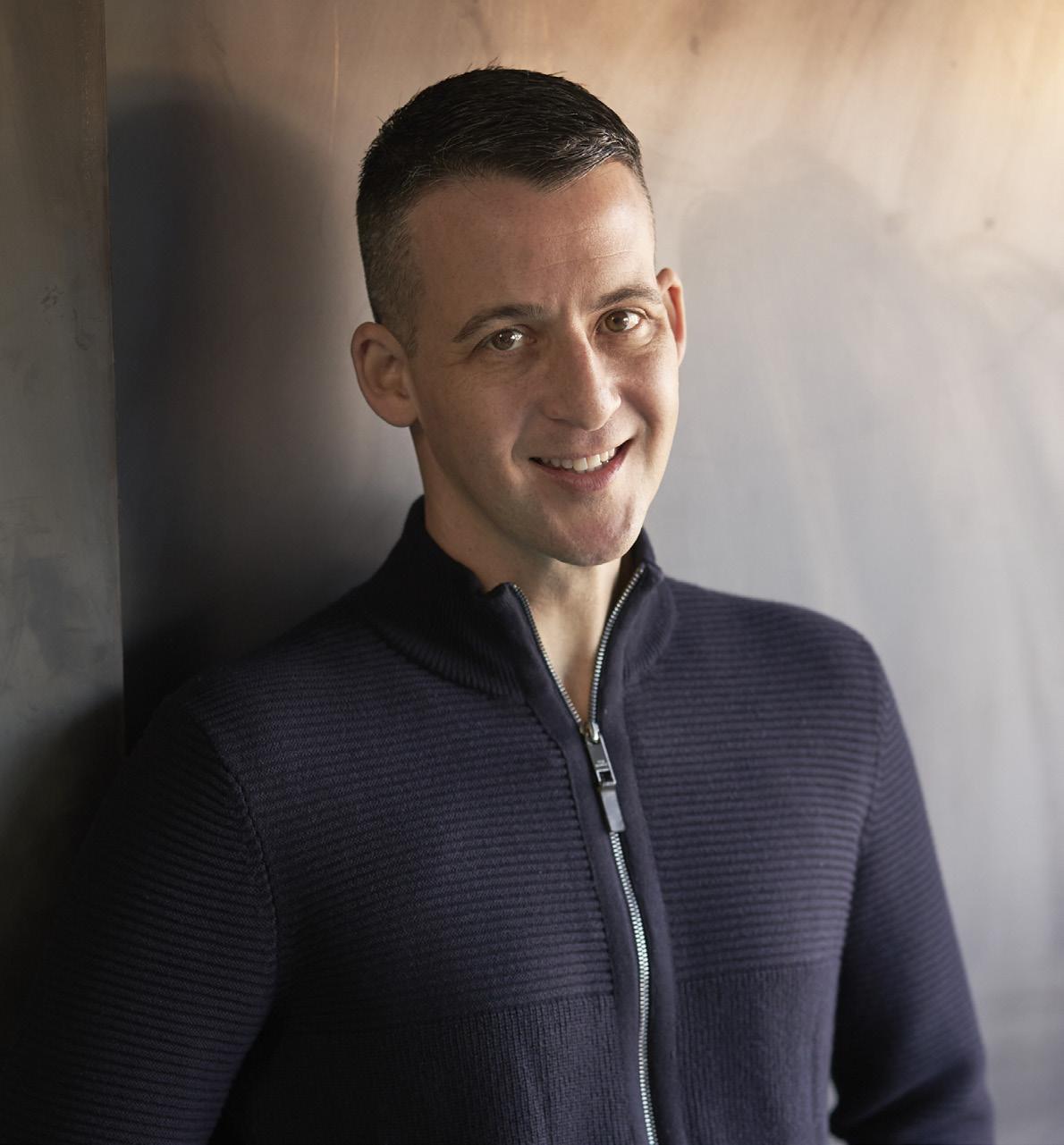
Assistant VP & associate professor at Creighton University Health Sciences Campus
AS TOLD TO JULIE COLEMAN
After my alarm goes off, I quickly look at my phone for any issues I need to address because our main campus is based in Omaha, and they’ve gotten a head start on the day. I do stretches and grind coffee beans for a double-shot espresso. I then head out on a 45-minute walk through the neighborhood while I listen to an audiobook. So far this year, I have completed 32 titles. I love listening to narrative and creative nonfiction writing and historical texts. Right now, I’m listening to a book on the history of medicine and inventions, and how insulin came about and the drama and story behind the discovery and production of penicillin. These are the kinds of things I get really excited about and maybe a little too nerdy.
My workday often begins with a meeting focused on how we support, from a fundraising and government relations standpoint, the mission of the institution to educate and produce future clinicians and leaders in healthcare. Creighton came to Arizona almost 18 years ago and then formed a comprehensive health sciences campus four years ago to serve a concerning need — Arizona does not rank well in the number of healthcare practitioners per capita. The retention of residents who complete their training is approximately 70 percent and about average across the nation. Physicians typically stay where they’ve trained, which is a big win for our community.
10:30 A.M. >> COLLECTIVE VALUE
Community engagement is another focus of my work. This includes taking this wonky health sciences stuff and making it accessible to the rest of the community. It can be as simple as saying let’s have a partnership with another organization or health science educator in town and produce a viewing of a documentary, have a conference together, or collaborate on an art installation that has a tangible activity connected to it. It might happen on a First Friday, when we make space accessible where people already are. We’re contributing value to an already valuable community asset.
We continue to build partnerships not only with our partner hospitals but dozens of other community health leaders, including our partners at St. Vincent de Paul. This is where all our students start their clinical learning while serving the most underserved in our community.

My work in the arts is tangential to my day-to-day job but related to my faculty post as associate professor. I think about where there is an issue in health, health sciences or healthcare in general. I have a new art piece that is a visual and tactile representation of the lived experiences over the span of a year of a U.S. Marine Corps veteran with depression and PTSD.
Whatever the artwork is, the idea is to create. The arts, whether visual, dance, theater, music or other outlets,


create this fairly egalitarian place where individuals can come together. Irrespective of whether they clean the streets, drive our light rail or spend their day in an operating room as a surgeon, they can come around an art piece and have a conversation. My ambitious goal is to help generate dialogue, reflection and contemplation, and spur new ideas and relationships within and among people who come from similar and divergent areas in life.
From the university president on down, there has been a focus on whole-person healthcare. One way in which we work to teach and train this is through medical humanities and the arts. We have a beautiful Steinway piano in our
Michael L. Zirulnik (b. 1981)
‘SignalBlocks’ ©, 2024 Wood, latex paint
‘SignalBlocks’ illustrates a year of one veteran’s life living with depression. Defining the feeling each number represents — from zero, most depressed, to 10, least depressed, and recording his state of depression before bed each night, the work attempts to communicate life with depression in a new, dimensional way. The year’s data set is transformed into this series of 365 blocks. A lusterless, monochromatic color choice enables the eye to track this lineal display undulating across space, a representation of time and toil.
lobby that was gifted to the university. It is there so our students, faculty and staff can play whenever they want because we know the arts allow different types of cognition to happen. This can include contemplation and reflection, but also reflection and development, which is a huge economic driver. Our faculty and students are innovating and we’re trying to create spaces for that to happen. This might be a new medical device that saves or improves the life of one of our family members.
Creighton’s president, Rev. Daniel Hendrickson, was serious about seeing the arts in the building. Every floor has commissioned works of art to infuse and reinforce the value of humanities and the arts. On the first floor, we have a rotating art gallery. Our most recent exhibit was “Outsider Artists from Havana.” They’re called outsider artists because they’re self-trained. These seven artists live with one or multiple severe mental illnesses. This is work they are compelled to create, and it offers a glimpse into their insights, minds and lives.
3 P.M. >> THE TEACHER BECOMES THE STUDENT
One to two days a week during the academic year I am in the classroom. This is the thing that fills my soul. It is the time when I not only teach but get to learn from our students who are worldly, smart and have great ideas. It’s also the place that keeps me grounded and reminds me why every single one of us here on campus has a job.
I am a huge advocate for education, whether formal or informal. I love not only learning personally, but seeing people grow and develop and being a part of that process.
6 P.M. >> IN LINE
When I get home, I have dinner with family and go for a walk with our dog, Kai. After catching up with friends over the phone, I’m either back on email, writing or in the garage working on an art piece.
People comment that I have done many things when looking at my various careers and roles. There’s a thread through all of it, and that is in service of others. I realized early in life how quickly life can be fleeting. I do stuff that I think is valuable or important.
To learn more, go to creighton.edu





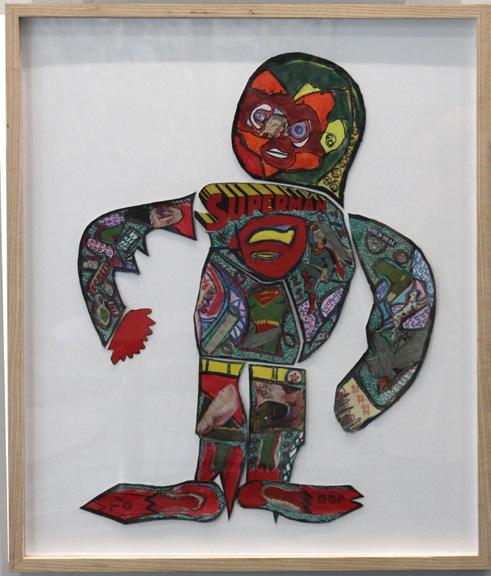
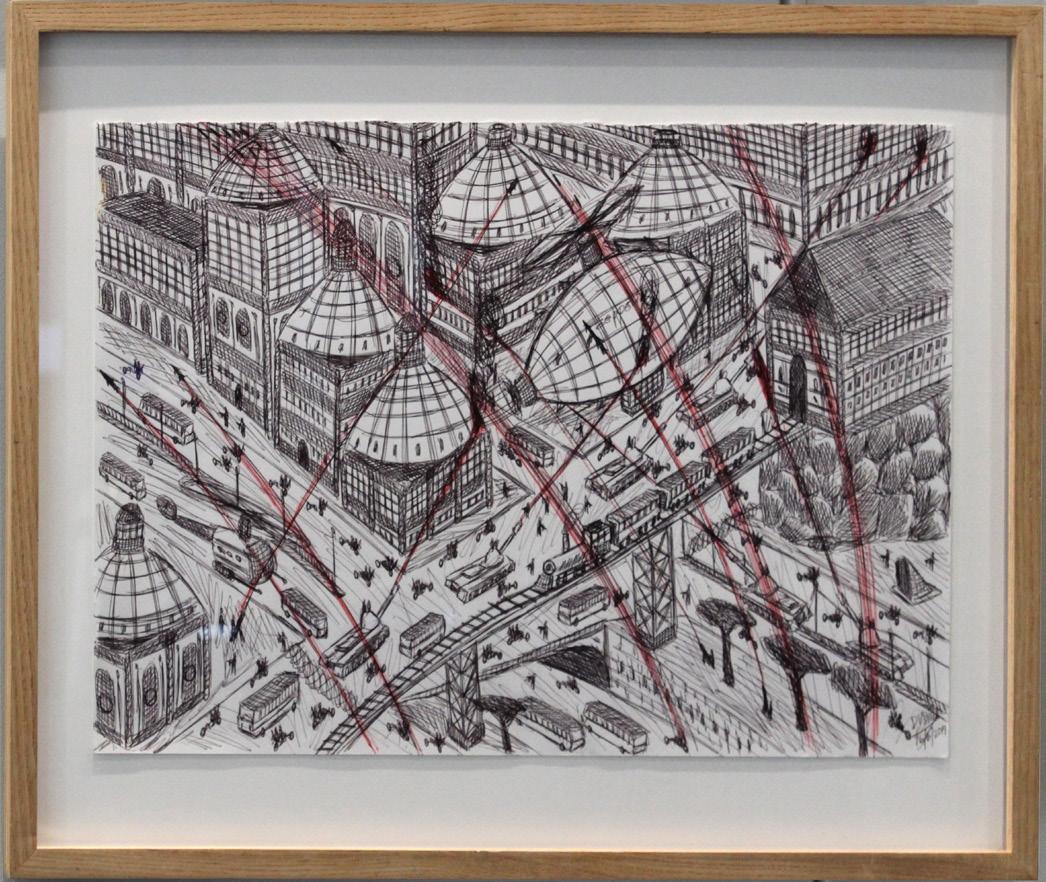



Childsplay helps young audiences understand the world and their place in it
BY JULIE COLEMAN
The phrase “past performance is no guarantee of future results” is often used in the financial industry. If applied to the arts sector, you would see how a Tempe-based nonprofit has consistently debunked this notion since its inception 47 years ago.
Childsplay’s purpose of storytelling to young audiences has, and continues, to remain relevant in tackling the most
difficult subjects. “We respect our audience and their intelligence,” said Dwayne Hartford, Childsplay’s artistic director. “I feel it’s my responsibility to always leave the audience with a sense of agency and the possibility they can take action. We tell them stories that mean something to them and give them hope.”
Believing in theater’s power to influence young people’s
lives propelled David Saar to create Childsplay. While attending Arizona State University for his master’s degree, he discovered the demand for a genre of theater that helps young audiences make sense of big and small issues through story.
“Young people have a chance to see something on stage they’re going through and perhaps gain a new insight,” Hartford said. “They might also see something that doesn’t relate to them and provides a totally different way of looking at something. I believe there are no taboo subjects. If it’s a story a young person can relate to, it can be on stage.”
Both Saar and Hartford have drawn from personal experiences to create innovative works. Saar wrote “The Yellow Boat,” a play about a little boy who uses his artistic abilities to help him and his parents through horrific challenges. This true story is based on Saar’s son, Benjamin, who was born a hemophiliac and contracted pediatric AIDS through a transfusion and died in 1987 at the age of 8. This sad, beautiful and joyous play told from Benjamin’s point of view changed the face of theater for young audiences in this country and throughout the world.
“David and Childsplay have always known that young
people are capable of complex thinking and emotions. They face them in their lives and want to talk about and understand them,” Hartford said. “By not approaching challenging topics, we’re doing a disservice to our audience.”
Childsplay’s young audiences and their families are not the only ones who have experienced learning and growth and have been profoundly impacted by its high artistic value work. Hartford, who has been with the organization for 34 years and just finished his eighth season as artistic director, developed his voice as an award-winning playwright.
Hartford was unaware he was a writer until he wrote “Eric and Elliot” during his recovery from a suicidal depression episode. He wrote the play about teen depression and suicide to give voice to what someone going through this might be feeling and to offer hope and a way forward. Childsplay has continued to produce the play on and off for more than 20 years because it remains a serious problem.
Just as Childsplay has never shied away from thoughtprovoking topics in its performances, it is embracing its next act by redefining itself and its place in the post-pandemic world. Precipitated by the pandemic and the significant


impact it had on the performing arts, the organization is in the midst of a transition. Childsplay is leaning into the idea that it is more than a theater company. As such, the nonprofit’s original mission statement has been updated to reflect its unique position at the intersection of artistry and learning.
Schools were the focus this year, both field trips and in-school performances, while public performances in the theater were reduced due to cost. Childsplay is looking inward at how educational programs can be expanded and how it can use its assets fully and more efficiently, including its Campus for Imagination & Wonder. A future fundraising campaign exploring new ways of doing business and conducting market research also supports Childsplay’s adaptation and long-term sustainability.
“As we transition, the world for young people
is very different in 2024 than it was 10 or 20 years ago,” Hartford said. “I don’t believe we can continue to do an entire season of standard proscenium where actors are on one side and the audience is on the other. I think there’s still a place for that in the world, but we have to recognize they are consuming content much faster and a lot more of it. We are looking at developing more immersive theater programs.”
In a typical year, Childsplay has an annual audience of 250,000 students, teachers and families. This expansive reach, along with the nonprofit’s evolution that is underway, is a guarantee of tremendous future impact yielding priceless community results.

“I’m proud of the fact that we’ve helped conversations, which is what you hope all art does,” Hartford said. “Art gives people an entrance into a conversation. That’s a beautiful thing.”
To learn more, visit childsplayaz.org
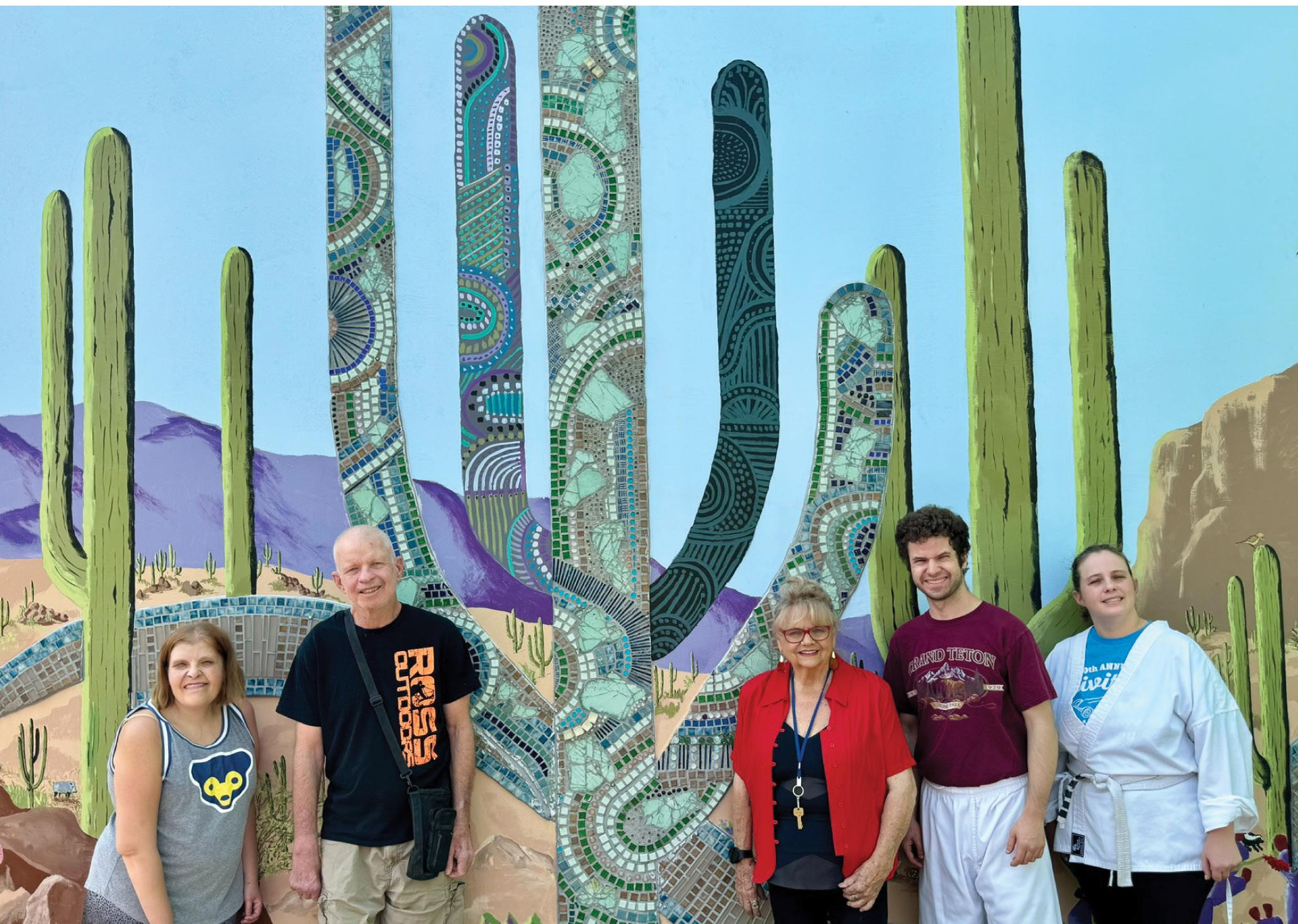


WHAM sparks artistic innovation in the West Valley
WHAM — WHAT’s Happen’n Art Movement — started in 2006. Over the years, it has become known as the West Valley’s primary art center, providing a diverse range of art activities, from painting and pottery to poetry, to supplement the art departments of all West Valley cities.
WHAM has more than 300 members, two-thirds of which are arts educators. “Our artists teach many mediums to the community, giving them a way to learn art techniques and a better quality of life,” said WHAM founder and executive director Connie Whitlock.
But WHAM isn’t just an arts group. “We are a fluid organization that changes to meet our current cultural and historical needs. WHAM believes that art is for ALL, no matter your age, gender, economic status, race or beliefs,” Whitlock said.
Mission
WHAM connects people through the arts by providing multidisciplinary, arts-inclusive programming, exhibits and projects to the diverse communities it serves.
Connie Whitlock Founder and executive director

Striving to be inclusive, not exclusive, WHAM not only teaches traditional art classes to adults and children but also provides a variety of outreach programs to underserved populations. “One of the surprising things about WHAM is we touch so many people and do so much on such a small budget,” Whitlock said.
WHAM provides free art classes and lunch three times a month to veterans in Surprise, Peoria and Goodyear. Its classes for children and teens are signature programs as well.
WHAM’s adaptive programs are popular with those who have disabilities, and classes for crime victims and victims of sex trafficking offer a safe space for healing and expression. WHAM has also developed a literary arts department that hosts an Open Mic Poetry Night once a month, inviting the public of all ages to read their own or other poetry.
WHAM is one of the few art centers where the public can come to learn and work in clay. “Several professional potters teach and keep our fully equipped clay studio in excellent condition,” Whitlock said.
Thanks to their efforts, WHAM has been making handmade clay bowls for 10 years and selling them during the holidays. Profits from the yearly Bowls of Hope event go to seven West Valley charities.
WHAM also has a WHAM on WHEELS trailer filled with art supplies that it takes to city events to offer art experiences to children.
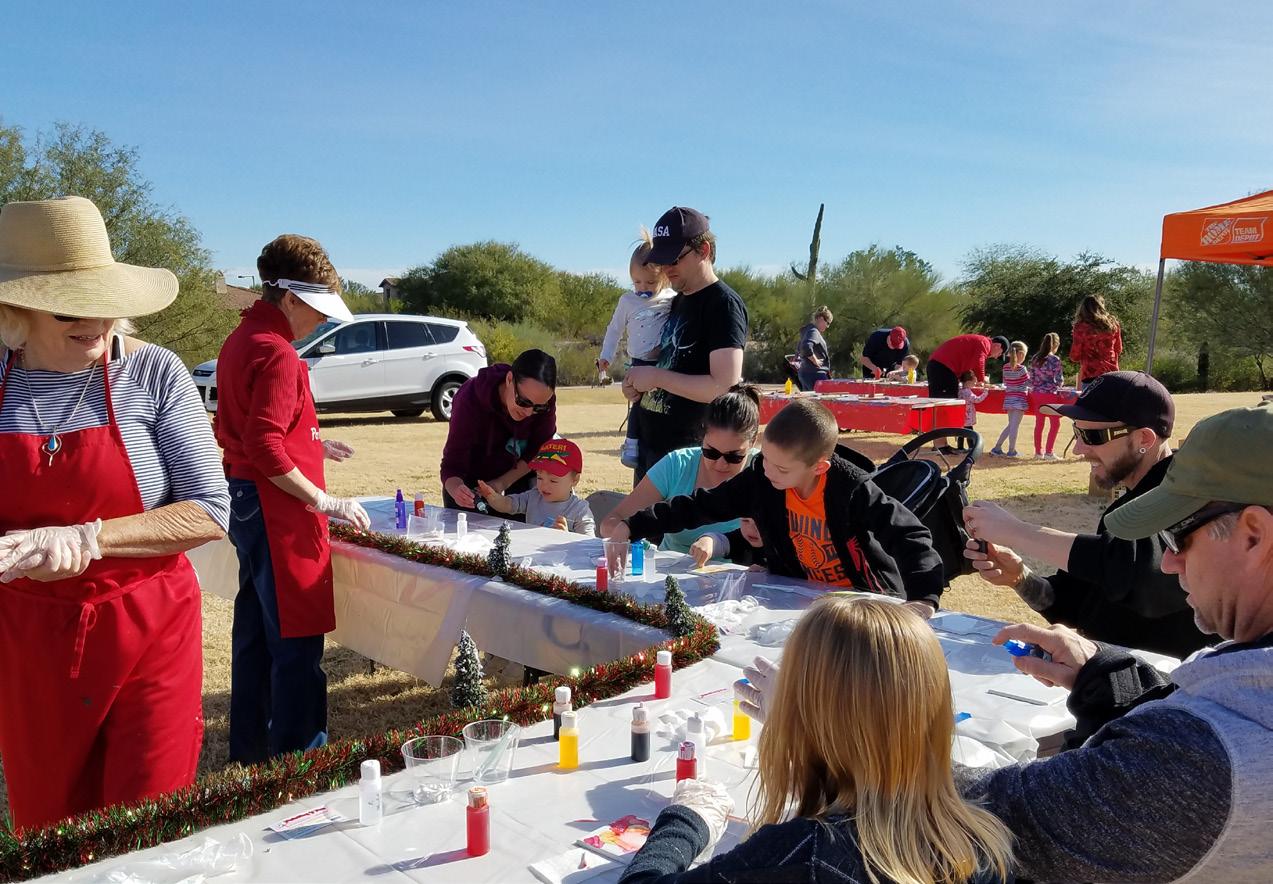
Funding for programs is an ongoing challenge, with significant cuts in State funding coming next year. “As a nonprofit, we struggle to pay for all that is necessary to provide the arts,” Whitlock said.
WHAM is currently constrained by space and needs more for its classes and to serve the community at large. A building campaign will be underway this fall to help the organization grow and provide a future of more significant outreach and impact.
“I’m looking to the future with more extensive facilities to continue growing and providing art to our West Valley communities,” Whitlock said.
To learn more, visit wham-art.org
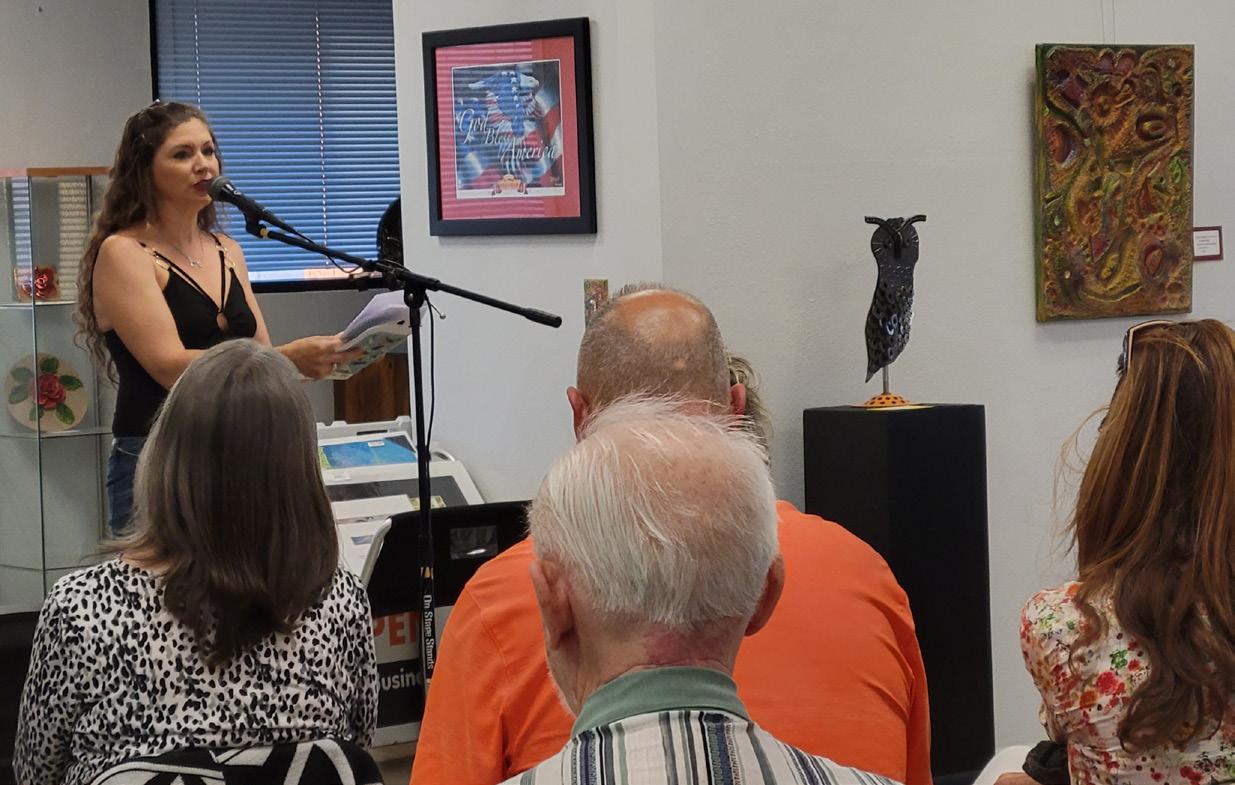



•


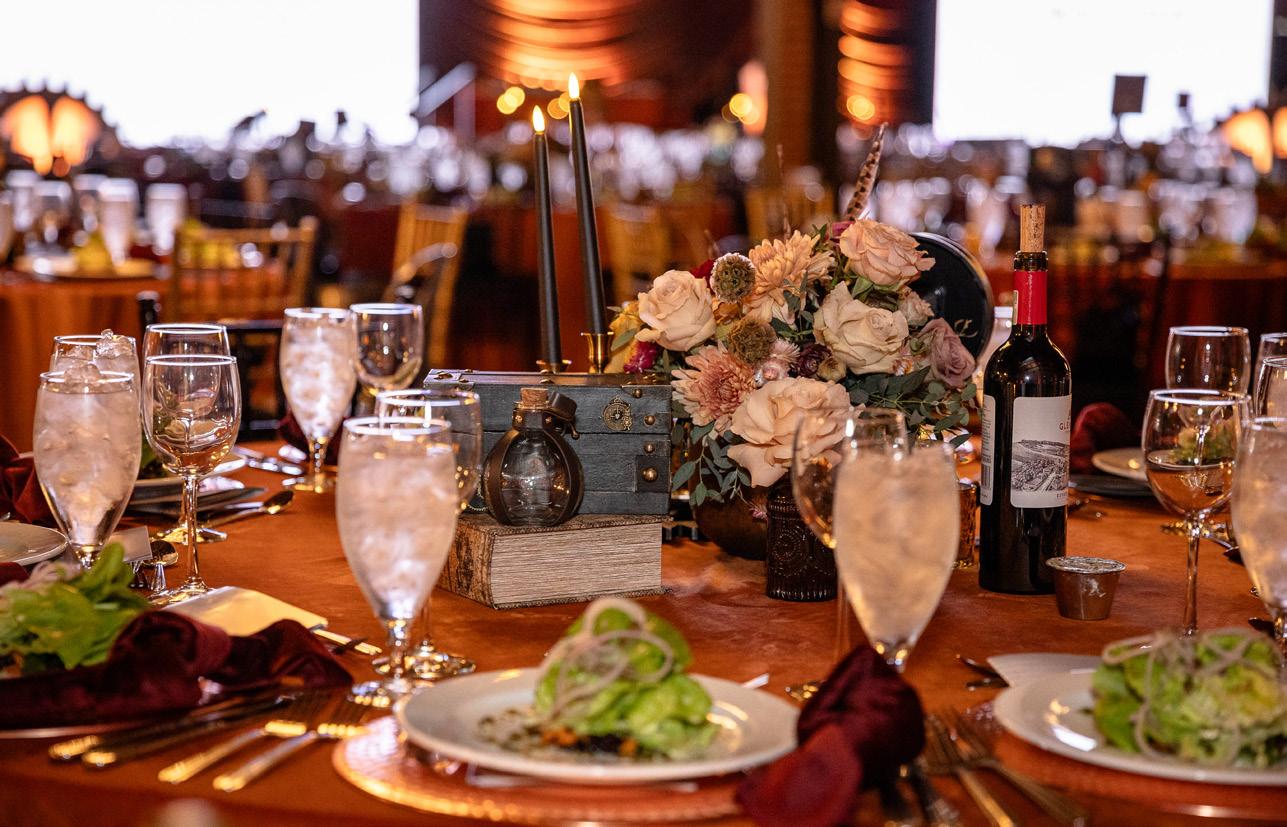

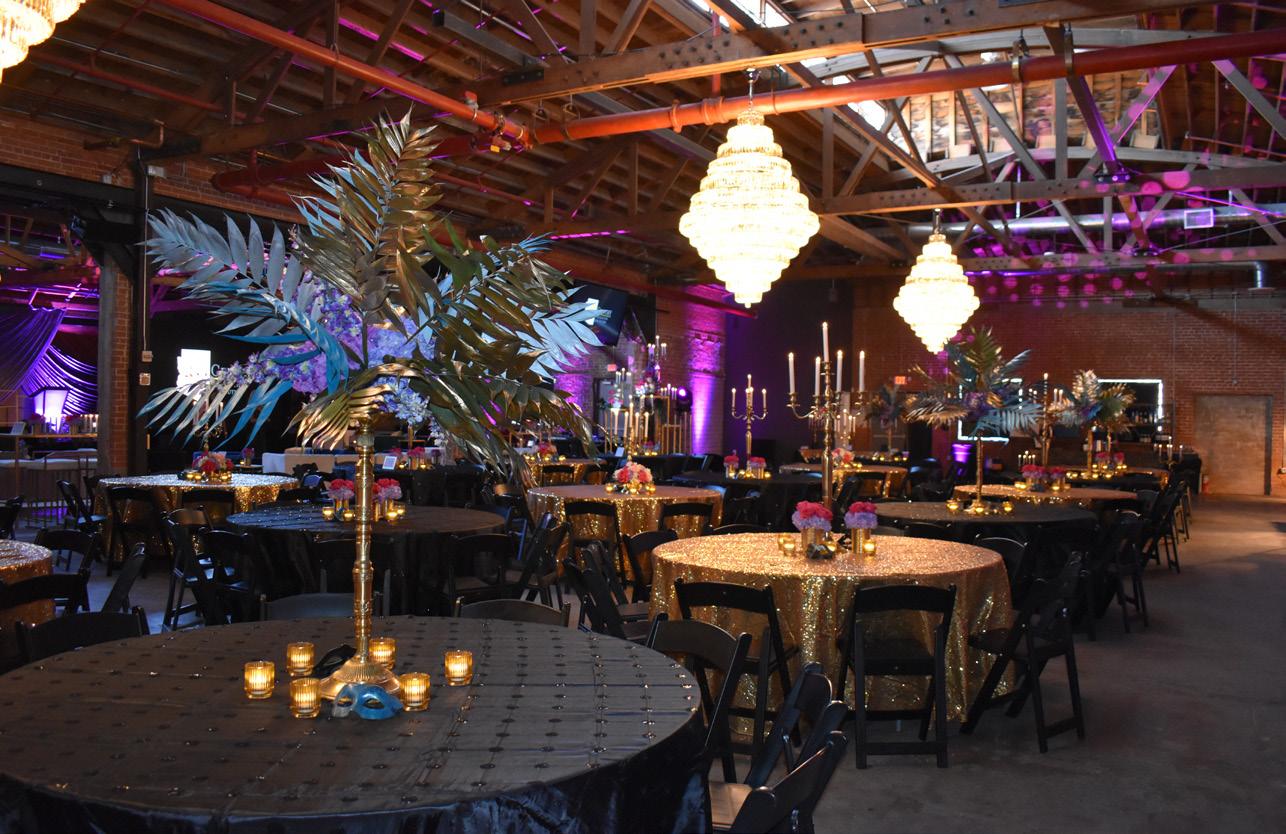



BY ALISON BAILIN BATZ
While the fictional Emerald City may not have been Dorothy’s cup of tea, the very real city of Seattle — nicknamed the Emerald City for its epic evergreen appearance year-round — and the surrounding region have something to satisfy everyone.
Ultra-walkable and with attractions in every direction (even underground), downtown Seattle is a playground for all of the senses.
While there are myriad options to choose from when seeking accommodations, this year marks the milestone 100th anniversary of the iconic Fairmont Olympic Hotel, which recently completed a $25 million refresh that honors its classic elegance while ushing in a new era of modern sophistication.
The regal hotel is within walking or biking distance to the lauded Pike Place Market, a nine-acre market with flying fish, produce, flower shops, an arcade, dozens of eateries, vintage clothing, sweets, wines and even collectibles. Given


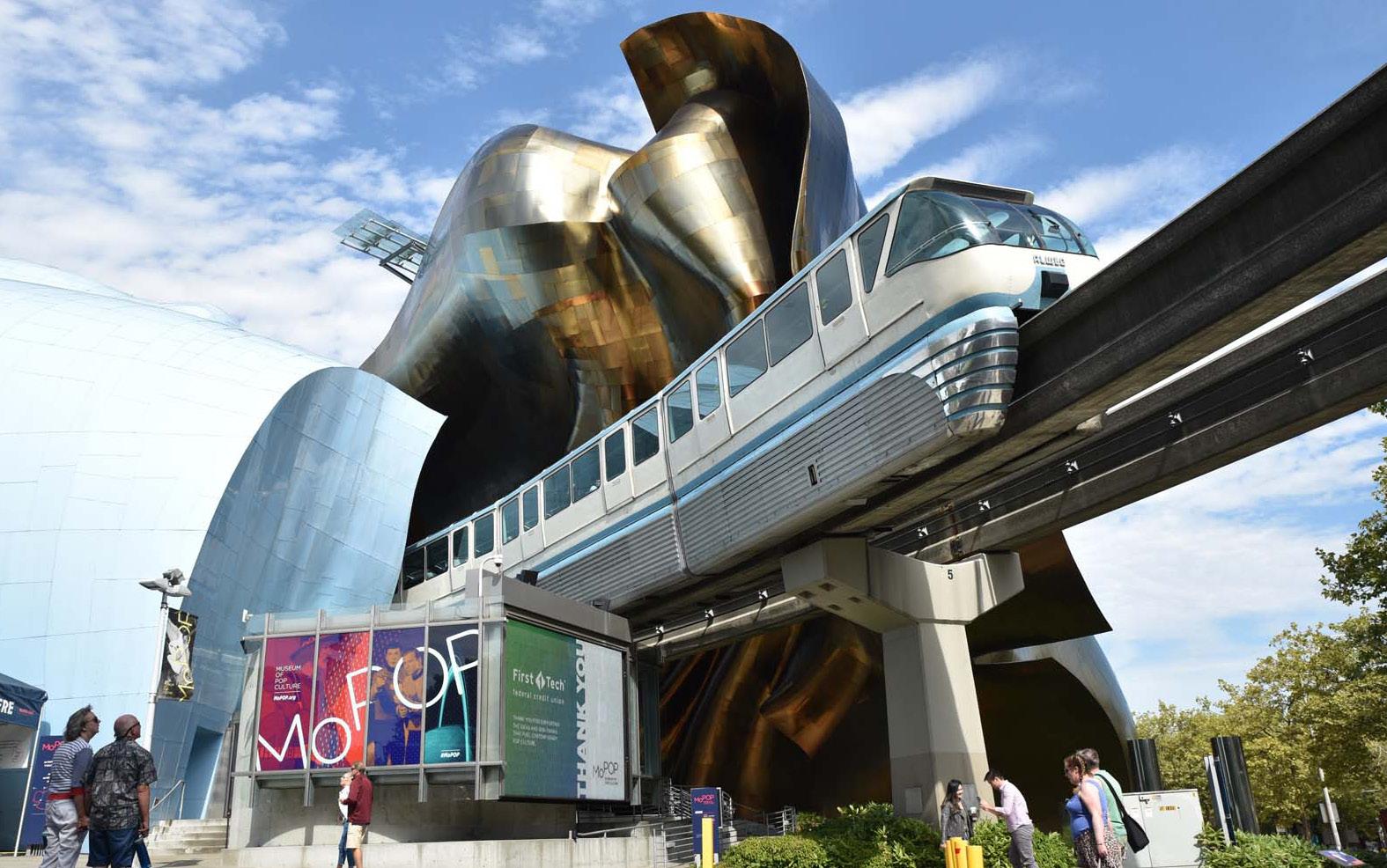
its sheer size, consider a professional tour that includes copious samples if visiting for the first time. Savor Seattle Tours offers several guided adventures, seamlessly combining culture with everything that’s cooking on every floor.
Beyond the Market, the bustling downtown is also home to the Seattle Center, the 74-acre urban park that serves as the homebase for the famed Space Needle but also the Chihuly Garden and Glass, Pacific Science Center, Museum of Pop Culture (MoPOP), Seattle Opera, Pacific Northwest Ballet, Seattle Repertory Theatre, and more. Chihuly Garden and Glass and MoPOP are particularly fun if visiting with friends or on a romantic getaway. Chihuly Garden and Glass is located below the Space Needle and boasts the most comprehensive collection of Washington native Dale Chihuly’s artwork ever assembled, including a ceiling installation that covers 4,500 square feet.
MoPOP is just as colorful, especially when it comes to its exhibits. The 140,000-square-foot museum is dedicated to all things pop, from American popular music to popular culture. There are artifacts, costumes and memorabilia, as well as interactive stations to immerse oneself in the creative process of musicians, filmmakers, game developers and authors. It is also home to the MoPOP Science Fiction and Fantasy Hall of Fame, which boasts items like Luke Skywalker’s severed hand from “The Empire Strikes Back” and Spock’s original uniform from “Star Trek.”
Seattle also happens to be one of the top food cities in the world. In addition to Pike Place Market, the area’s fertile soils and access to oceans, rivers, lakes and the Puget Sound make it one of the best places in the world for produce and seafood. Its diverse population also makes


it one of the best places for food from faraway cultures ranging from Korean to African. Best bets: Driftwood, The Walrus and the Carpenter, Un Bien, Mustang, Hamdi, and Canlis, which has been serving guests since 1950.
Of course, there is also all of the stunning blue water surrounding the lushly green city, an attraction in and of itself. To simply take in the view, there is an extensive waterfront with multiple piers, some playing host to giant cruise liners and others teeming with entertainment. Pier 59, for example, is home to the Seattle Aquarium, which boasts a 40-foot viewing window into a 120,000-gallon aquarium filled with salmon, rockfish, vibrant sea anemones, other native Washington marine life and interactive divers.
Other exhibits include two pools filled with sea anemones and sunflower sea stars, a Pacific coral reef exhibit, marine mammals and an underwater dome, the aquarium’s largest exhibit. The pier also offers daily tours from Argosy Cruises, Seattle’s largest water sightseeing tour operator offering daily excursions of Seattle’s harbor, Lake Union, Lake Washington, the Hiram Chittenden Locks and Puget Sound.
Pier 57 is another popular outpost thanks to its arcade, carousel and the Seattle Great Wheel, which extends 175 feet into the air and comes to life at night with more than 500,000 LED lights.
Certainly, Seattle is breathtaking on foot and by water. But from high in the sky, the Emerald City sparkles on a



whole other level. Seattle Seaplanes offers year-round sightseeing flights from Seattle’s Lake Union that cover more than 30 miles — including Bill Gates’ estate — in just 20 minutes. They also offer dinner flights that allow guests to soar through the air to popular restaurants and resorts in the nearby San Juan Islands, British Columbia’s Victoria, and the Olympic Peninsula.
What goes up, of course, must go down. And, in the case of Seattle, this means underground. In addition to sky-high seaplane tours, the city also boasts a subterranean adventure through the passages that once served as the main roadways of old Seattle. Available nightly, Bill Speidel’s Underground Tour takes place below the streets of the Pioneer Square neighborhood in Seattle’s historic district. The 75-minute adventure explores how the great fire of 1889 destroyed much of the original wooden city, and how Seattle was rebuilt with brick and mortar atop the ruins.
Wait, there is wine country in Seattle, too?
Almost!
Located less than an hour’s drive northeast of Seattle, Woodinville is among the most deliciously diverse destinations in the Pacific Northwest. Currently, there are more than 130 tasting rooms in the area. In fact, nearly all of the state’s 20 American Viticulture Areas (AVAs) are


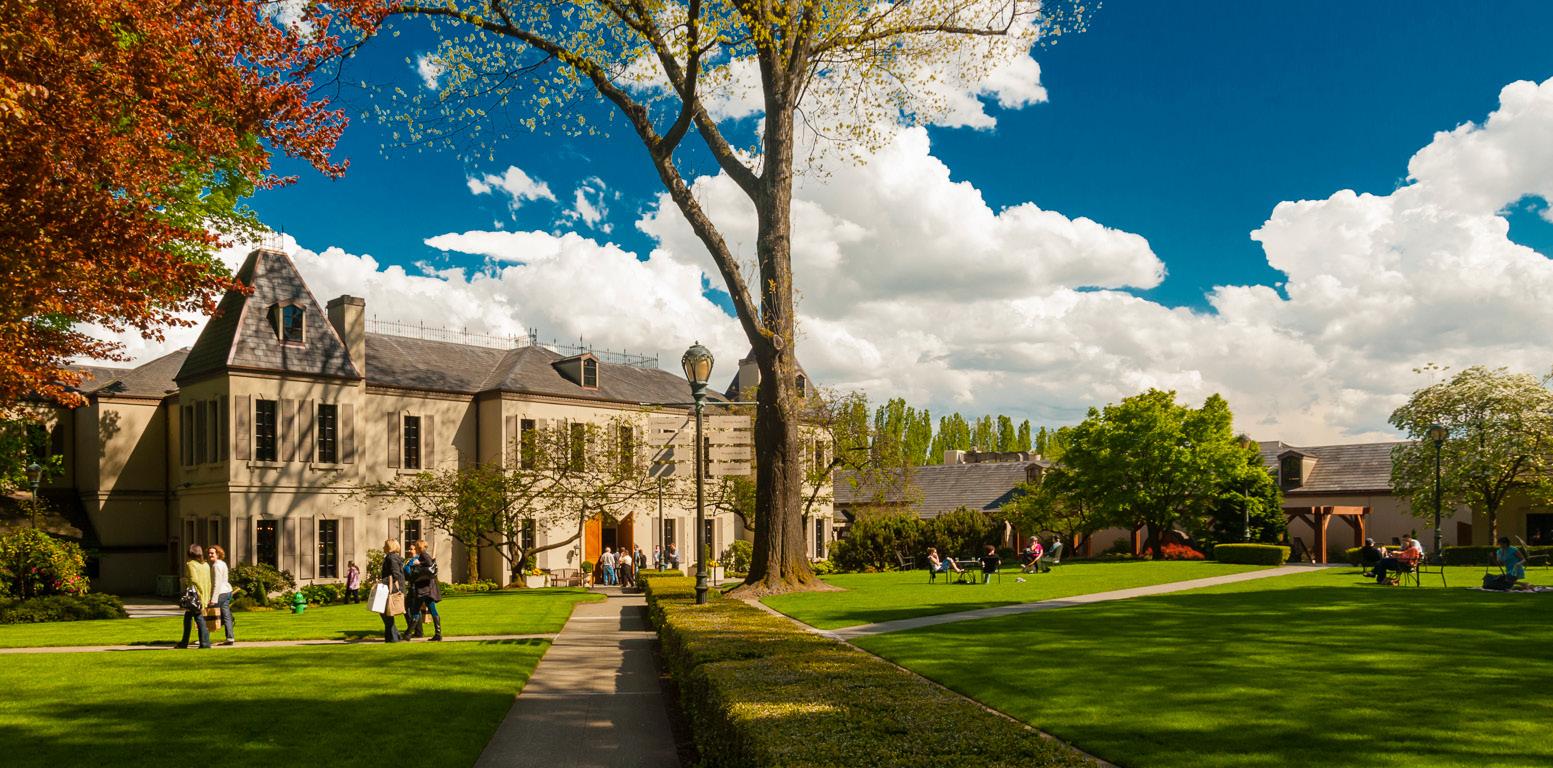
trails.

represented in Woodinville, including its oldest and most acclaimed winery, Chateau Ste. Michelle
With roots dating back more than 100 years, Chateau Ste. Michelle is as much a historic landmark as a premium winery. It boats more than a dozen tasting experiences, notably a “winemaker for a day” blending class and twilight tasting opportunities on Friday and Saturday, when the Chateau stays open late. Other must-visit wineries include Bayernmoor Cellars, Patterson Cellars, DeLille Cellars, Novelty Hill-Januik Winery and JM Cellars
In addition to wine country, three national parks — Mount Rainier National Park, Olympic National Park, and North Cascades National Park — are within driving distance of Seattle, making the city a fantastic basecamp for those seeking stunning lake hikes to fall colors, wildlife sightings, kayaking, fishing and more.
To learn more, go to visitseattle.org.










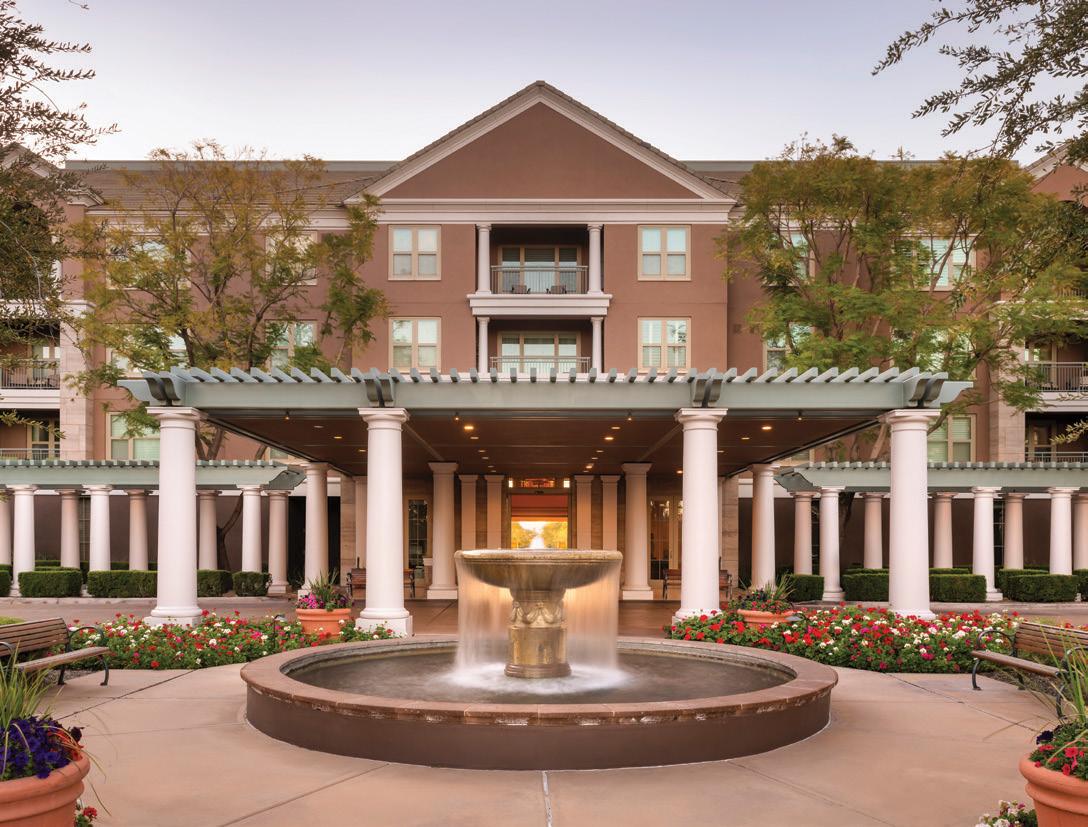








celebrated
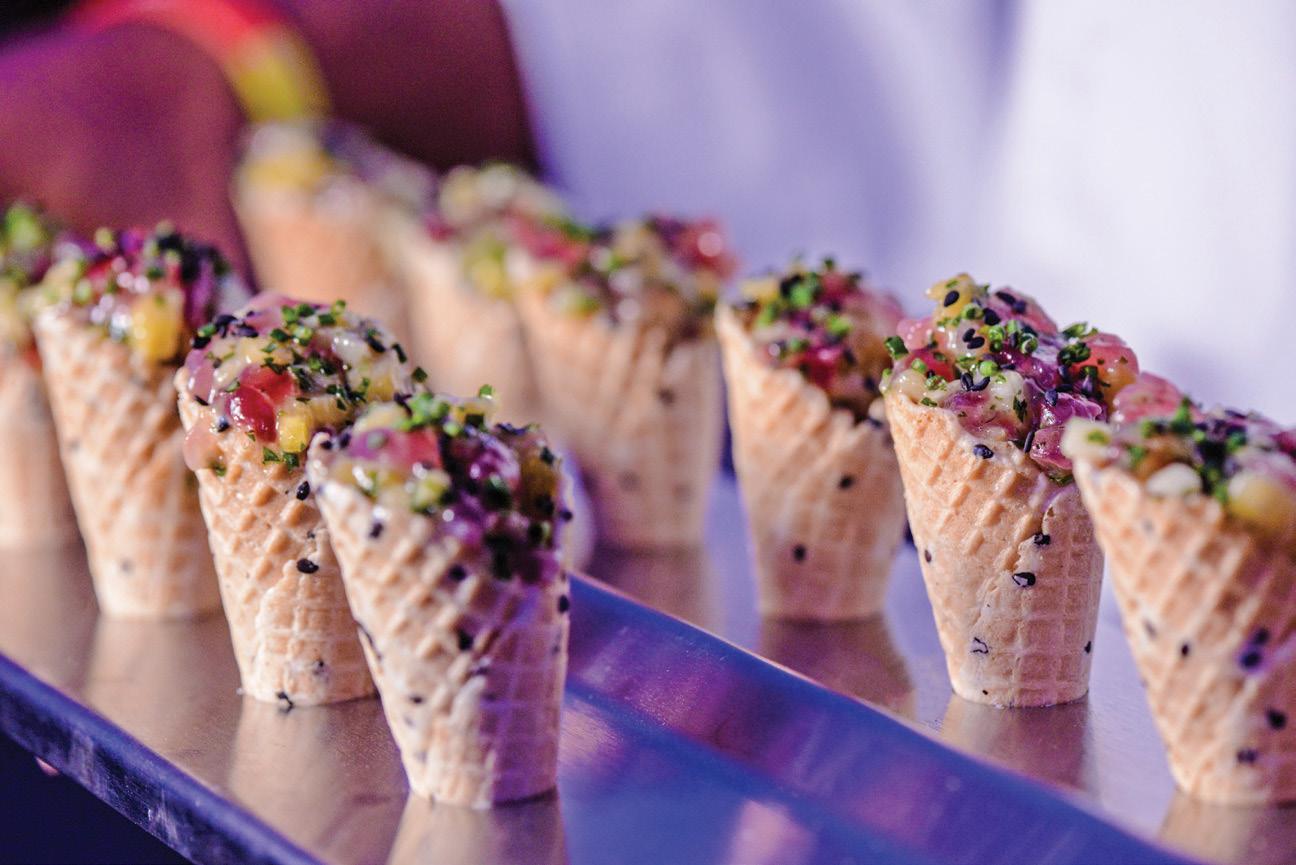

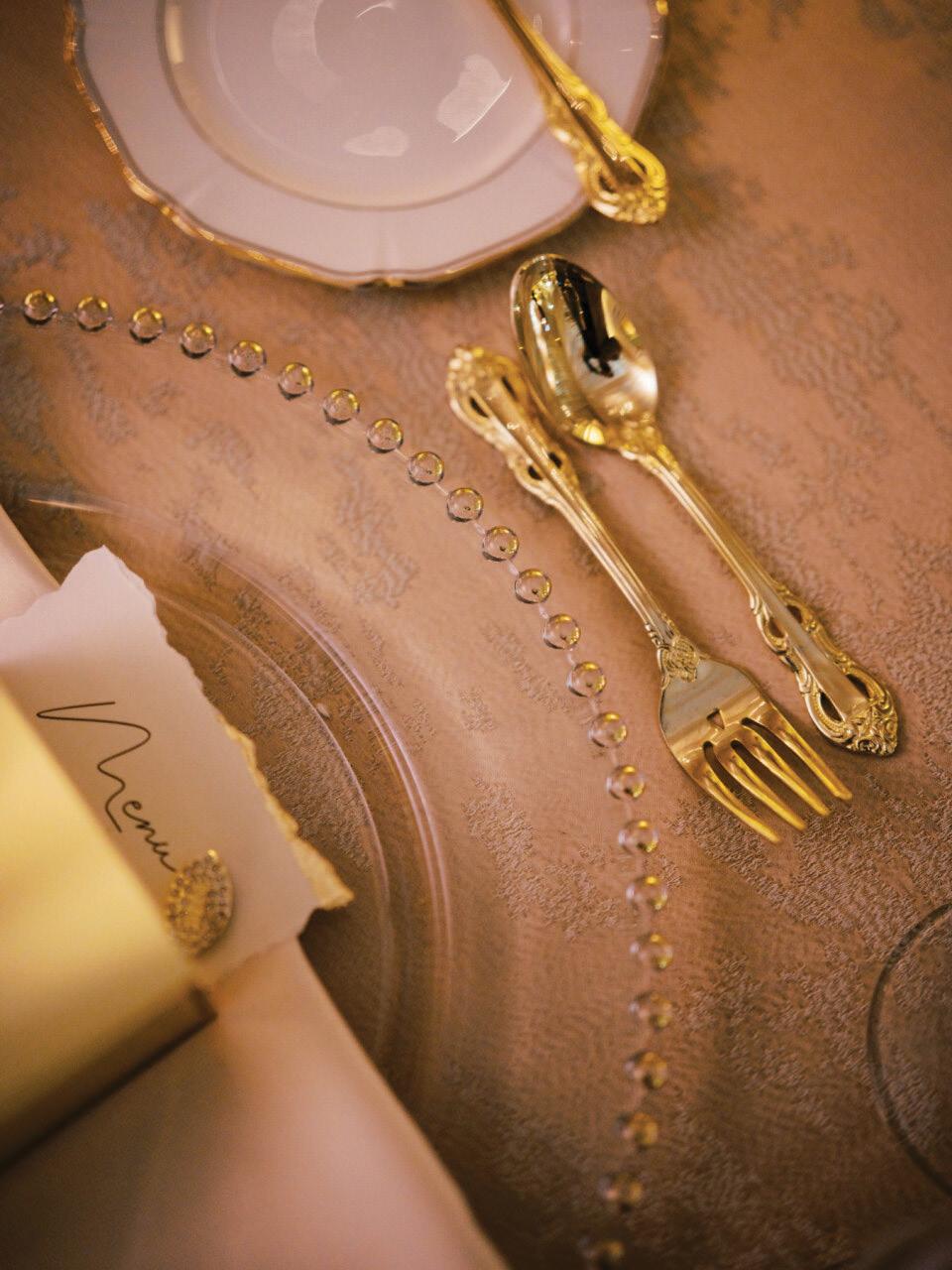



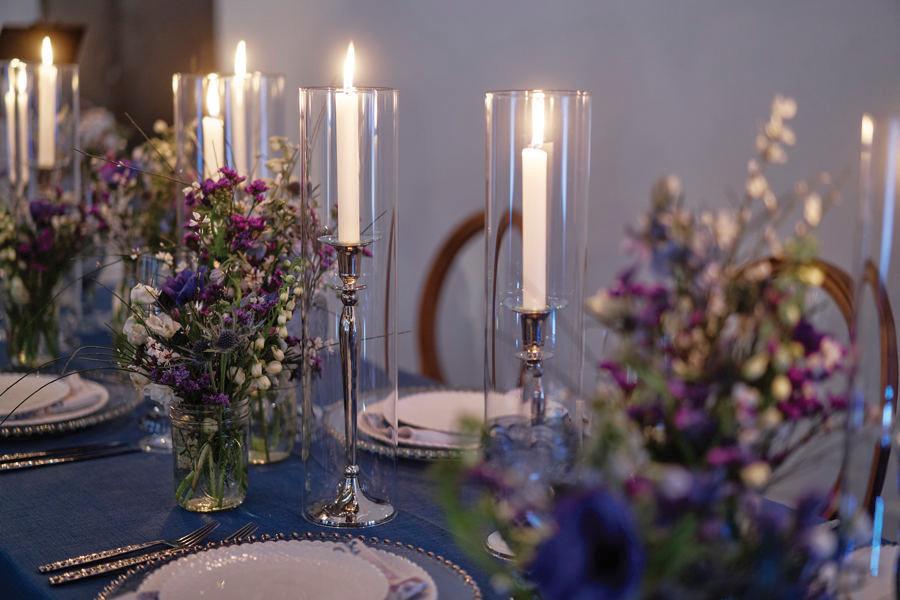


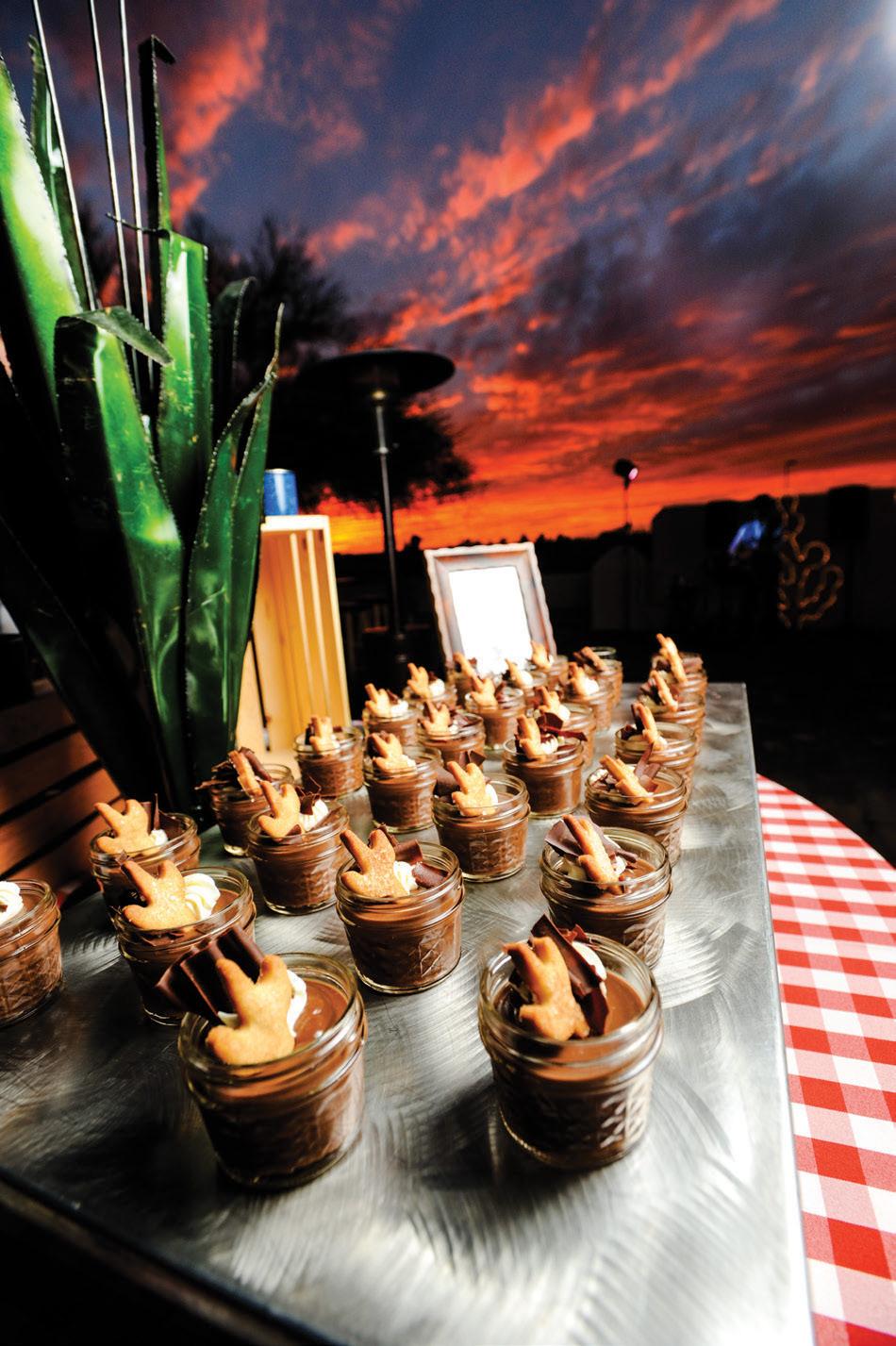



BY SHOSHANA LEON
IN addition to being one of Arizona’s most celebrated chefs, Christopher Gross has a love for art.
A native of Missouri, Gross moved to Phoenix as a boy and grew up with a strong work ethic, working at Baskin-Robbins and Jack in the Box. As a teenager, a job at the Adams Hotel in downtown Phoenix exposed him to French cuisine, which would become his lifetime passion.



When the hotel closed, Gross moved to Los Angeles and did a stint at the Century Plaza Hotel. He worked tirelessly to save money to go to Europe to hone his craft. After a few years, Gross made his way to London and then sent letters to Michelin-starred restaurants in Paris looking for work. He got a job at a two-Michelin-star restaurant in Paris and worked as a pastry chef in Normandy before returning to Los Angeles.
Eventually, Gross made his way back to Phoenix, where he has been a leader in the culinary scene for more than four decades, sharing his love of wine and French food. Along the way, he earned several impressive awards from the James Beard Foundation, “Food & Wine” magazine and many others.
After opening and closing several namesake restaurants in Phoenix over the years, Gross renovated and rebuilt the kitchen at the historic Wrigley Mansion. In 2021, he opened Christopher’s at the Wrigley Mansion to rave reviews from critics and diners alike.
“It was my dream to build a centrally located restaurant with the best view and the best wine list, and it has exceeded my expectations,” Gross said. “I want the restaurant to be an

experience where guests are entertained from their tastebuds to their eyes with fun surprises throughout.”
Some of those surprises include artistic touches like Arcosanti bells designed as cloches, plates with Gross’s own cartoons on them and drawers in the tables where silverware is playfully hidden.
In addition to the tasting menu available Thursday through Saturday, guests can enjoy Christopher’s Classics menu on Tuesday and Wednesday, which includes dishes from Christopher’s former restaurants.
There are also small plate options with French favorites like escargot and foie gras torchon.
Gross has a history of philanthropy. In 1991, he founded the Flavors fundraising event for the American Liver Foundation. He enjoys mentoring his staff as well as students, including middle and high school students in the Careers for Culinary Arts Program, which provides teens a pathway to success through culinary, job and life skills. Gross also serves on the Ment’or Culinary Council, a network of acclaimed chefs who offer their expertise and knowledge to inspire culinary excellence in young professionals.
Gross has seen incredible growth in the Phoenix culinary scene over the years. “The talent is getting better, the wine scene is improving, and the culinary community works together so well,” he said. “I’m happy to be a part of it.”
To learn more, go to wrigleymansion.com/ christophers









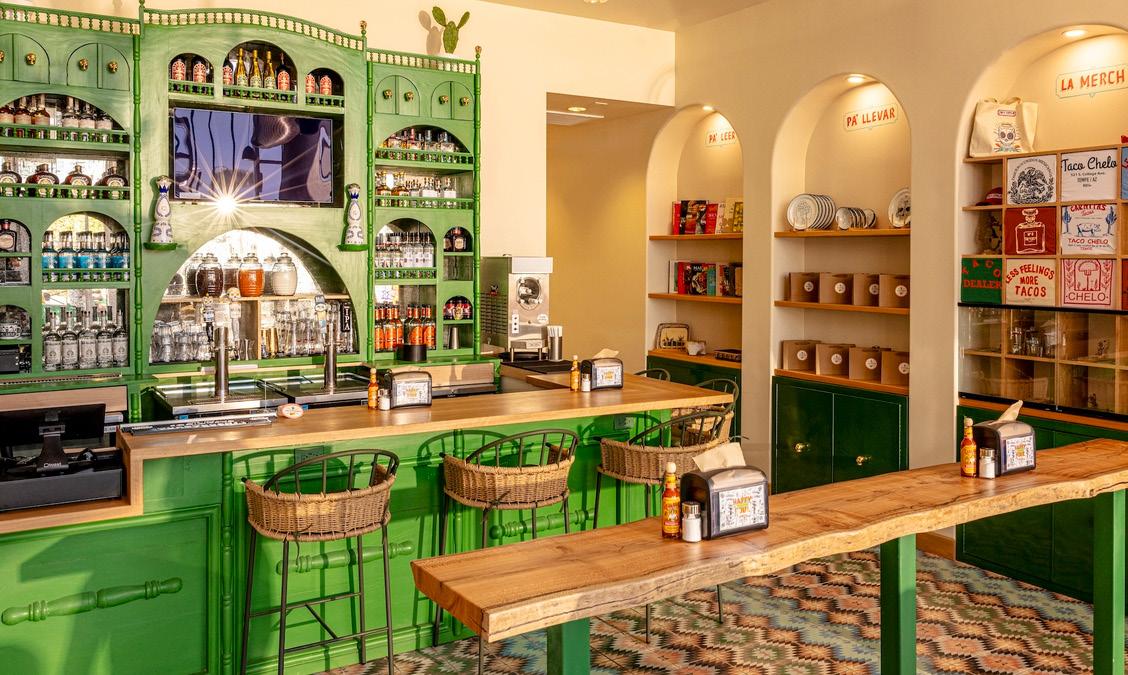
IN JUNE, Taco Chelo opened its second location in Tempe, designed to resemble a traditional Mexican pueblo.
A collaboration between restaurateur Aaron Chamberlin, chef Suny Santana and artist Gennaro Garcia, Taco Chelo opened its first location in downtown Phoenix in 2018. The restaurant, named after Santana’s mother, offers a wide variety of tacos wrapped in hand-pressed, madeto-order tortillas, Mexican favorites and handcrafted cocktails.
Garcia, who is from Sonora, Mexico, drew inspiration from a 100-year-old Mexican cantina when designing the Tempe location and sourced all of the art, furniture and materials from Mexico and Arizona.
“Taco Chelo Tempe is a space where I’ve poured my heart and soul, aiming to evoke the same emotions as one of my paintings. Every single detail was designed or created by me, inspired by the vibrant colors of my youth in Mexico,” said Garcia, who has designed several other restaurants and has a gallery in downtown Phoenix.
Key elements of the Tempe décor include handmade tiles, woven lamps and a retablo that serves as an altar to display artwork, sculptures, plates and hand-carved butterflies and mariachis made by Garcia’s father.
“The retablo is dedicated to my father, honoring the times we used to carve this type of artwork together years ago,” Garcia said. “I wanted to not only create a visually stunning space but also to curate an immersive experience for guests. I hope that stepping into our restaurant transports diners to a place where they can savor not just the flavors of Mexico, but also its warmth, vibrancy and hospitality.”
For more information, visit tacochelo.com.


Ambiente resort restaurant infuses local ingredients with global influences
AMBIENTE, a Landscape Hotel, opened in Sedona in early 2023, offering a beautiful and unique setting where guests stay in atriums and have access to amazing views and luxurious amenities.
When the resort opened, its signature restaurant, Forty1, was accessible only to hotel guests. It has since opened to the public, further expanding the restaurant options offered in Northern Arizona.
Executive chef Dave Duncan brings a local focus and global influences to the menu. A native of Cottonwood, just 20 miles from Sedona, Duncan worked in a local family business for several years before changing careers. He then worked as a chef at some of Sedona’s top resorts before moving to Ambiente, where he showcases a passion for Arizona and local ingredients.
“My roots are in the Southwest, and I love the vegetation, wild game and fishing. My goal is to support local farmers and suppliers as much as I possibly can, using local ingredients in a clean and simple way,” Duncan said. “Since Forty1 opened

to the public, it’s been great to provide locals the opportunity to experience the restaurant. The menus we create and the setting we provide have been very well received.”
Creativity is an important element of Forty1’s menu, which changes seasonally and is currently focused on Latin and Asian flavors. “I get a lot of inspiration from Arizona and the places I travel,” said Duncan, who describes the restaurant as romantic and modern, ideal for celebrating special occasions.
One of the most popular items on the current menu is the surf and turf starter, which has a unique spin, pairing pork belly glazed with hoisin with seared scallops finished with ube gelato. “We try to give diners something they may not have had before,” Duncan said. “This dish gives guests different temperatures, textures and flavors.”
Other favorites include the elk back strap with grilled bok choy and poblano fingerling potatoes and the Copper State ranch filet with ube and nopales salad and red pepitas chimichurri.
Duncan is proud of what Forty1 has added to Northern Arizona’s culinary scene. “The menu is an homage to things I love and the place where we live,” he said. “My team and I get to play with flavors and have the ability to surprise diners and expand palates.”
To learn more, visit ambientesedona.com/dine


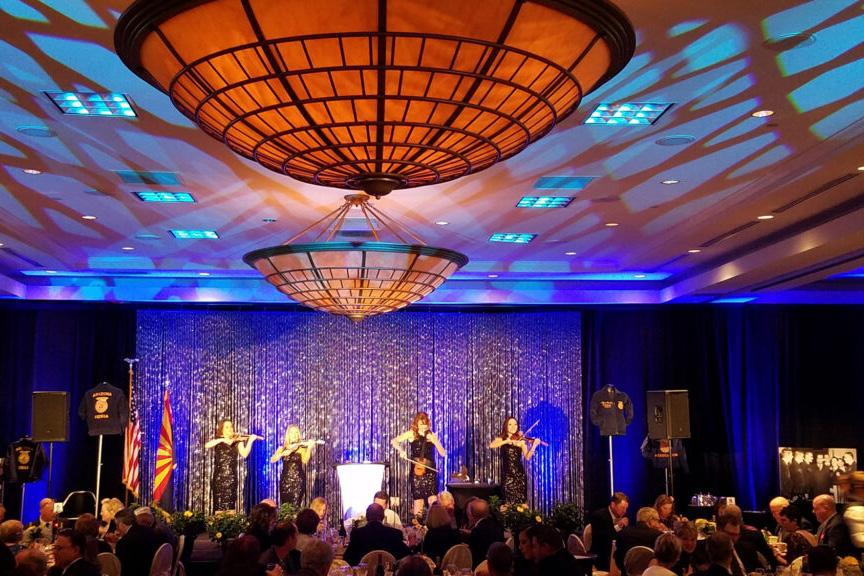



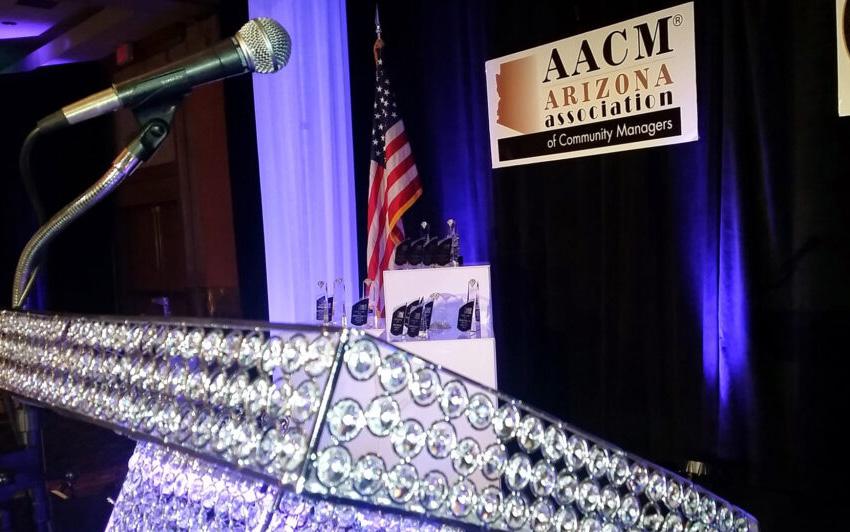







That means a gift to the league can be deducted from what you owe on state taxes, dollar-for-dollar — up to $841 for joint filers and up to $421 for single filers.
So why not give the gift that gives back and allocate those dollars towards assisting more than 300 athletes with special needs to enjoy the great game of baseball!
Donations can be made through tax day of the following year, or until you file. Use code QCO # 20258.
Call (480) 686-8137 or e-mail Cswitalski@MiracleLeagueAZ.com www.MiracleLeagueAZ.com

Cookbook author and cooking instructor
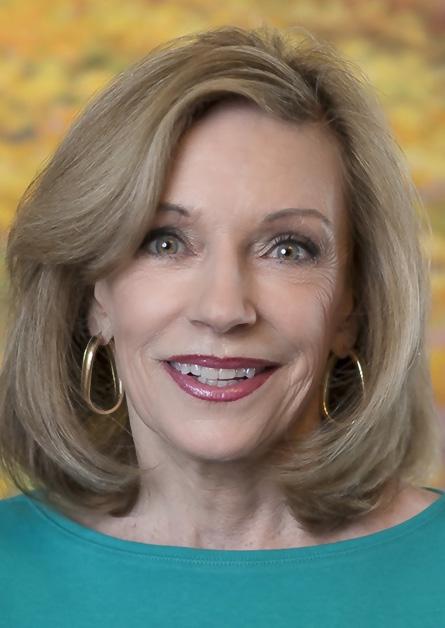

“A Paris Novel”
by Ruth Reichl
“I ordered ‘A Paris Novel’ before it was even released because I knew I would love it — and I wasn’t disappointed! The author, Ruth Reichl, renowned food critic and former editor of ‘Gourmet Magazine,’ writes about food like nobody else, and her descriptions of the delectable dishes in the book are simply mouthwatering.
But this delicious novel is not just about food. It’s a feast for all the senses: fashion, art, beauty and family. It’s a journey of discovery for a young American named Stella that takes place in 1980s Paris. She meets an octogenarian art collector who takes her under his wing and introduces her to a who’s who of the Paris literary, art and culinary worlds. Stella expands her horizons and, along the way, even uncovers a mystery about a Manet painting.
Anybody who’s spent time in Paris will be delighted to read about familiar haunts such as Les Deux Magots, L’Ami Louis, the Marais, Dior, the Jeu de Paume, and Shakespeare and Company. The book captured my attention from beginning to end. C’est magnifique!”

Since its inception in 1996, Cultural Coalition has been dedicated to preserving Latin and Indigenous culture by partnering with other organizations throughout the Valley. Among its many annual events, the MIKIZTLI: Dia de los Muertos Phx Festival has become the organization’s hallmark celebration.
This October marks the 13th annual festival, offering attendees an immersive experience in traditional Mexican dance, art, music and food. Pictured is a performer from ASU professor Rachel Bowditch’s “Naiads” performance group in a mask made by Cultural Coalition co-founder and artistic director Zarco Guerrero. Visit culturalcoalition.com to learn more.




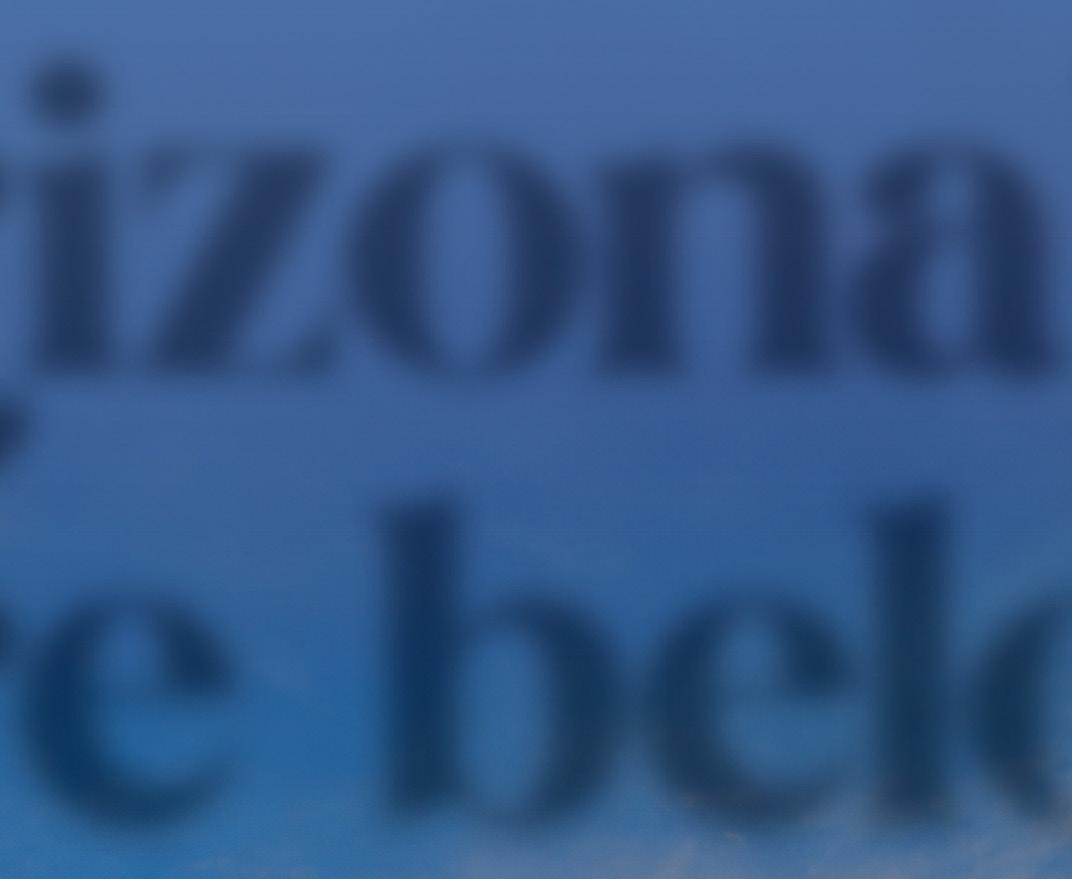












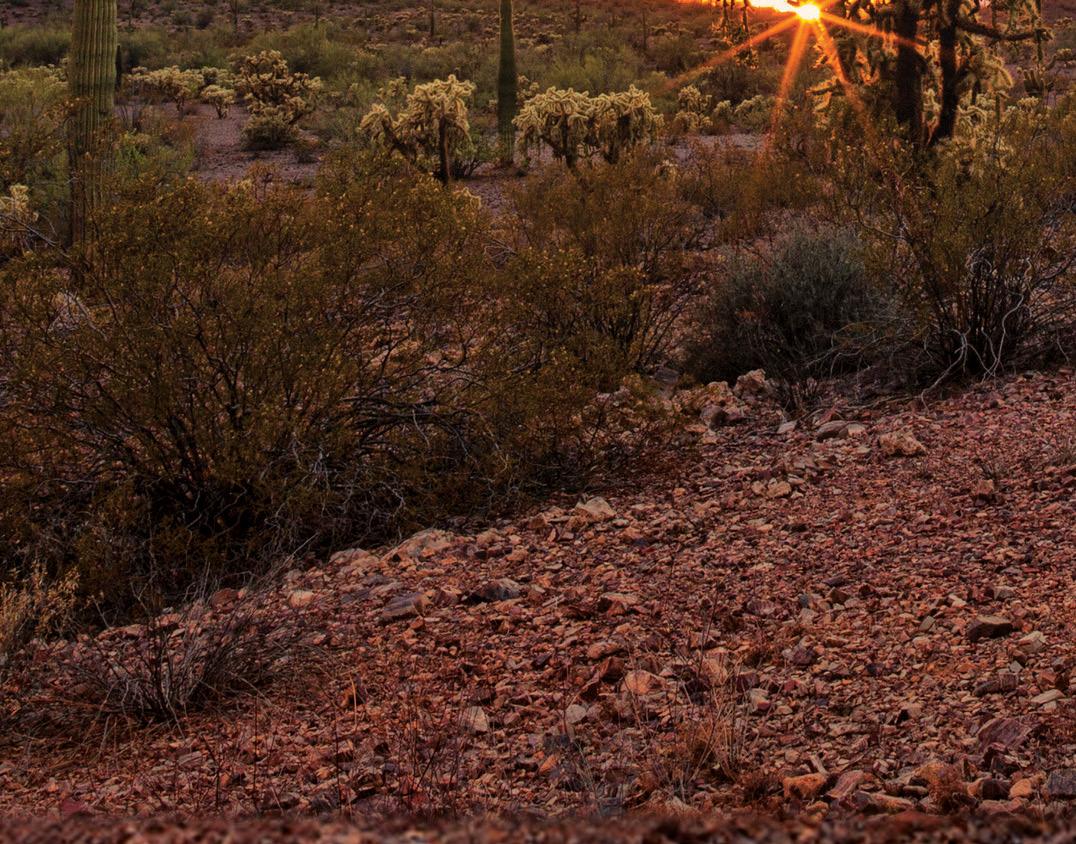

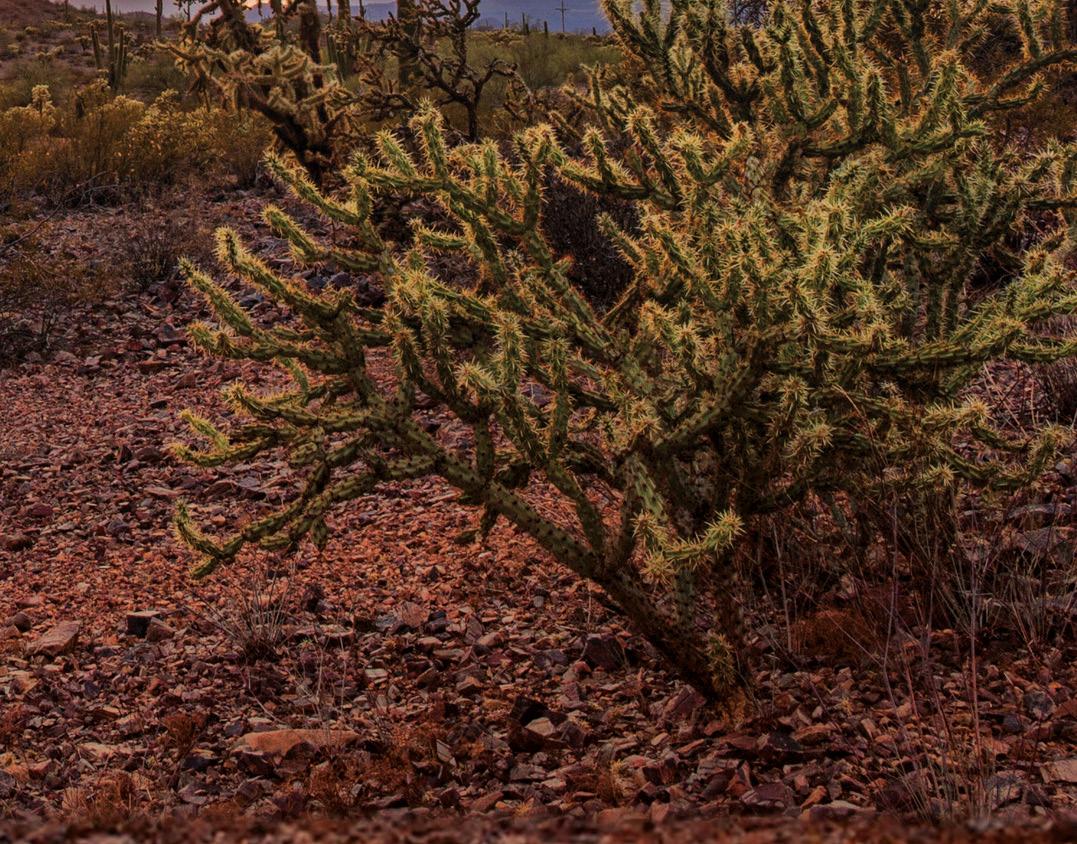
Center for the Future of Arizona is a nonprofit, nonpartisan “do-tank” driven by the mission of bringing Arizonans together to create a stronger and brighter future for our state. Founded from a love for Arizona and a desire to help our state succeed, we endeavor to make our great state a place where all Arizonans, now and in the future, thrive and enjoy sustained prosperity, unmatched quality of life, and real opportunity.

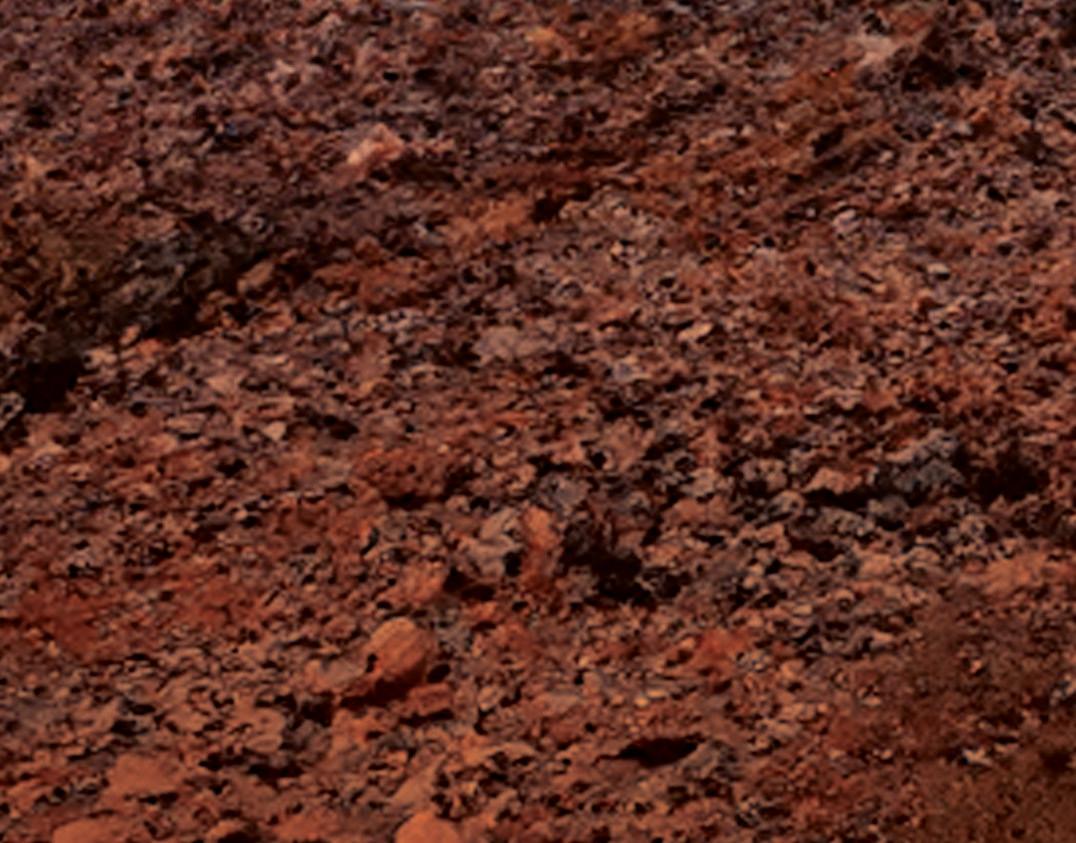

Join us in building Arizona’s bright future arizonafuture.org/brightfuture

